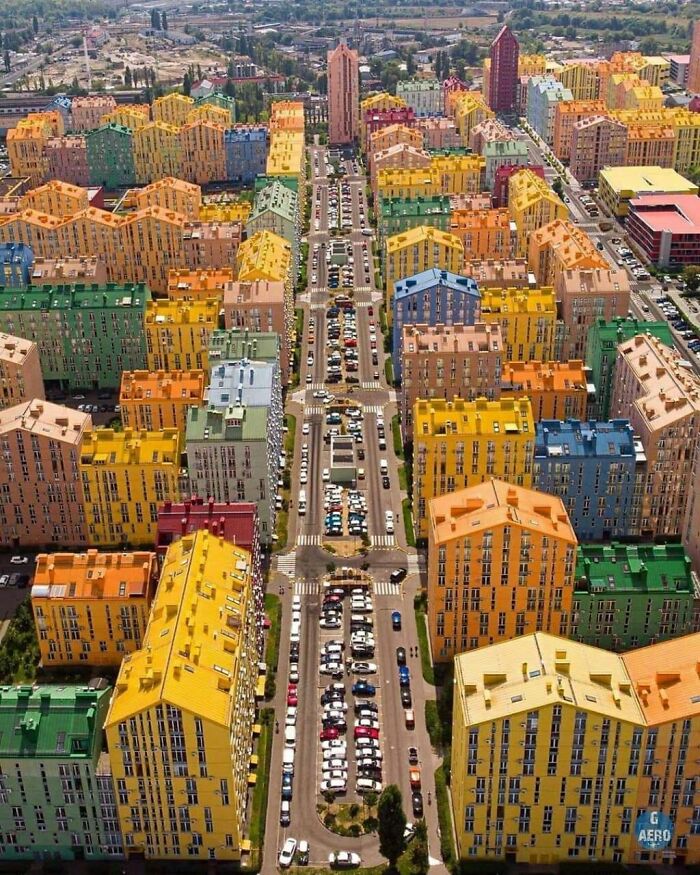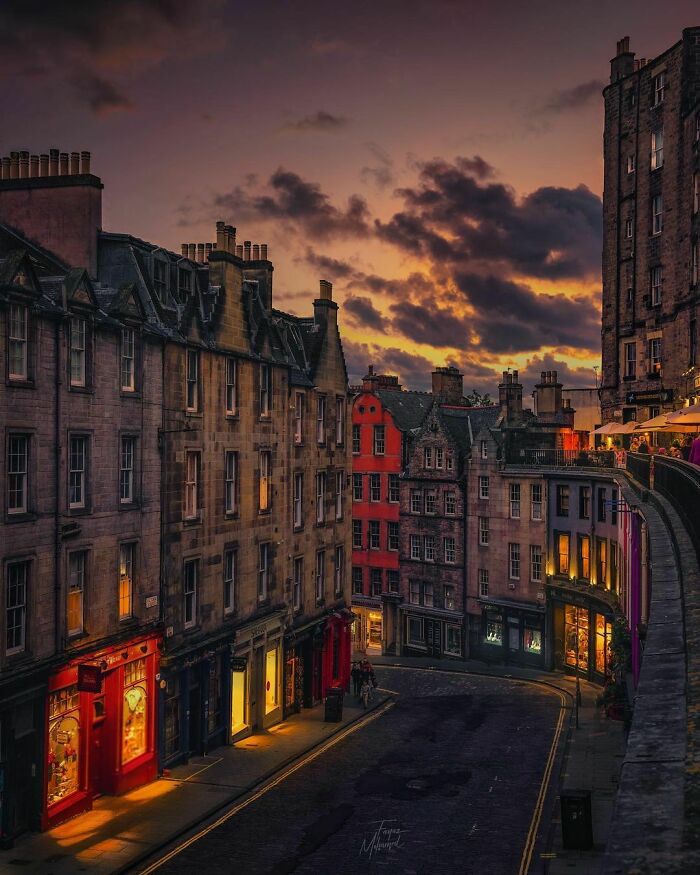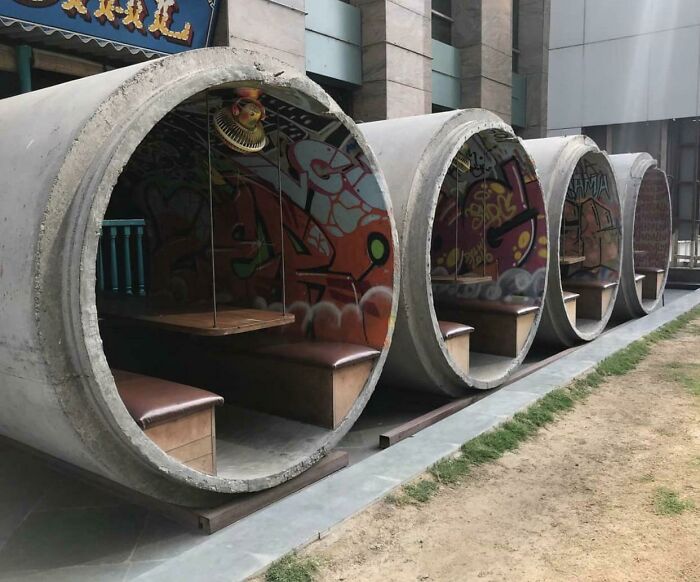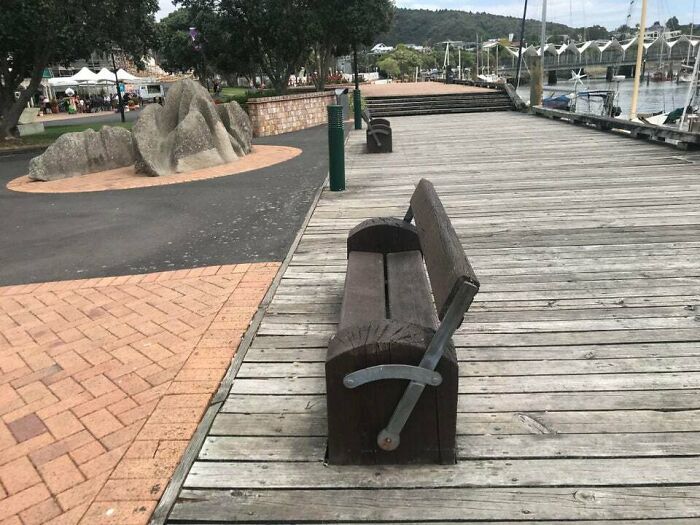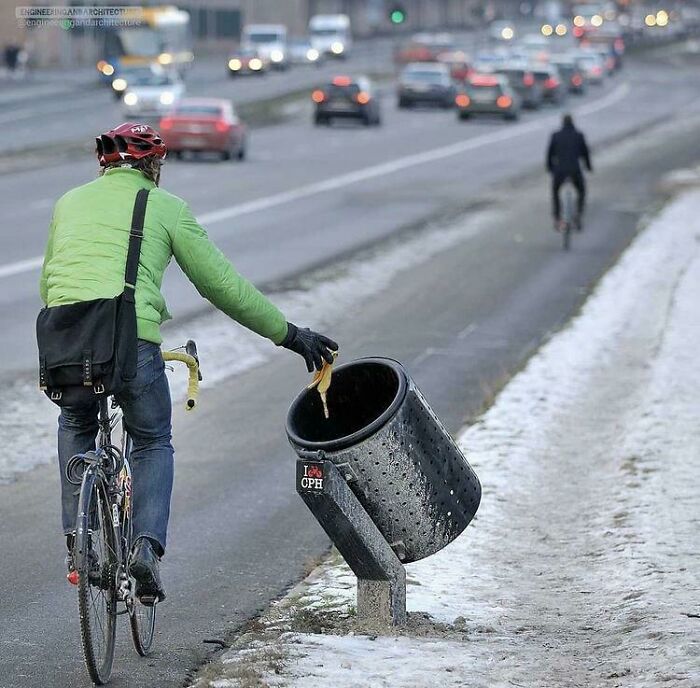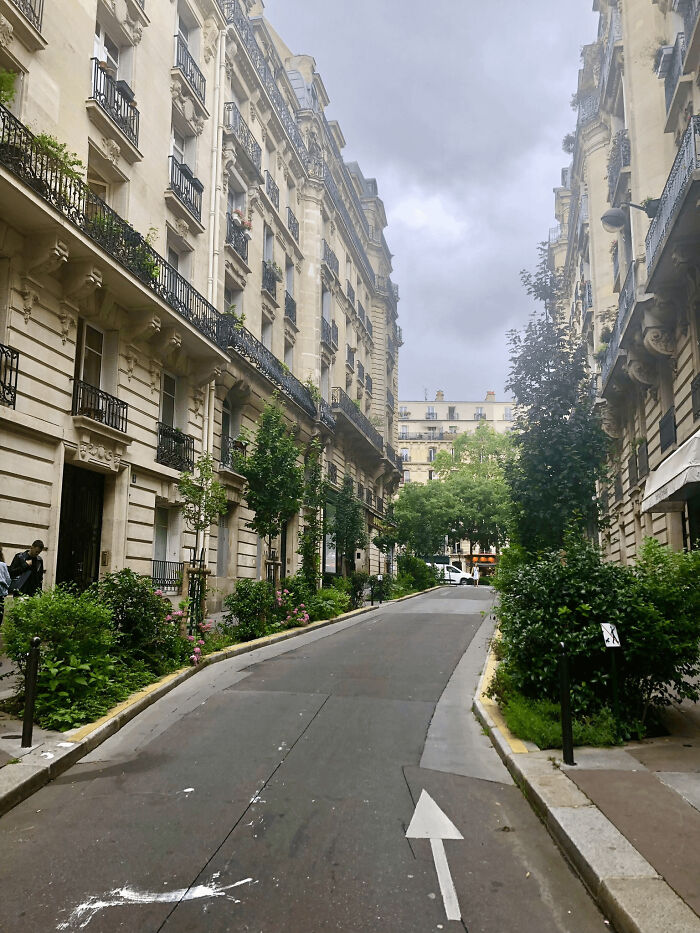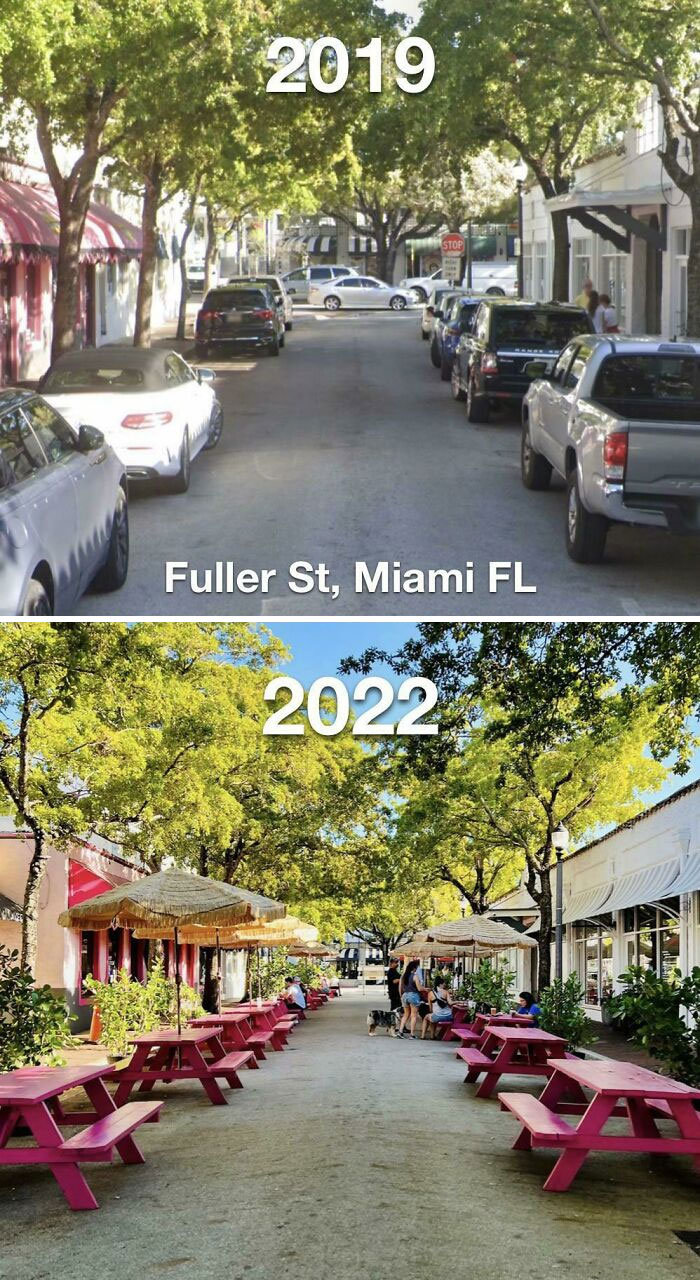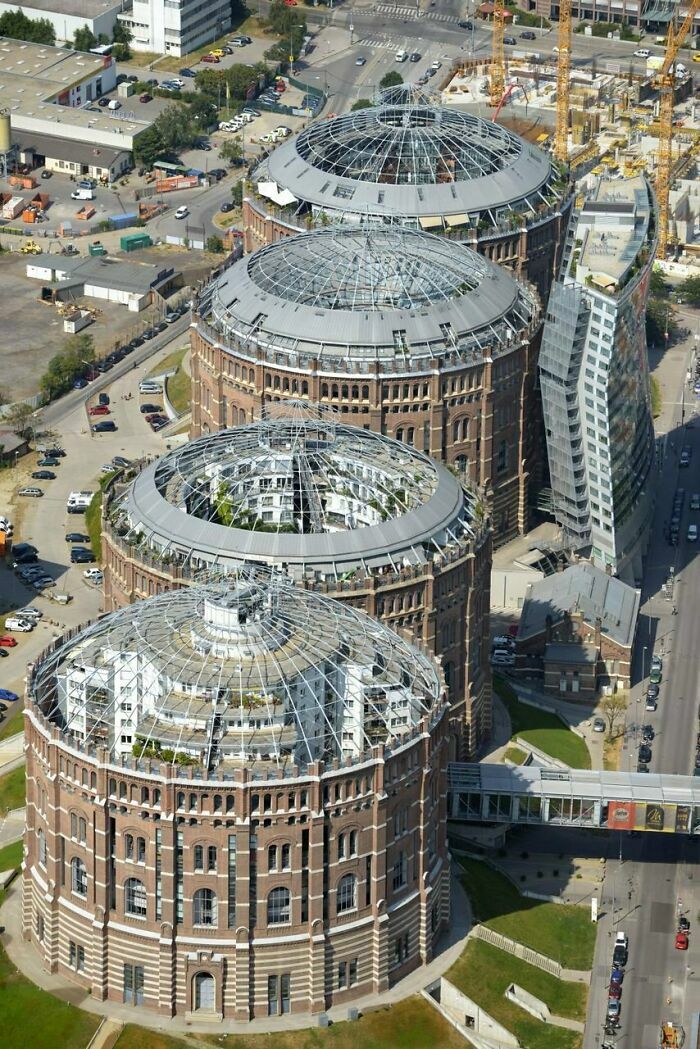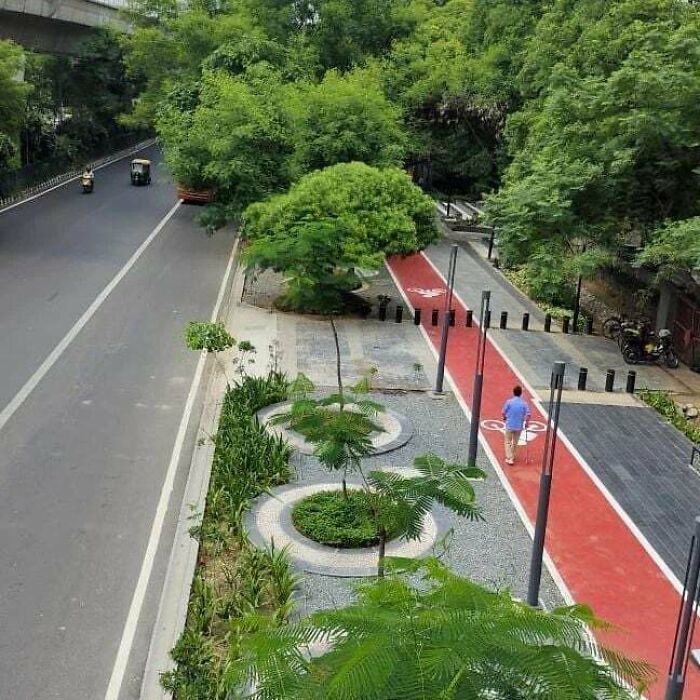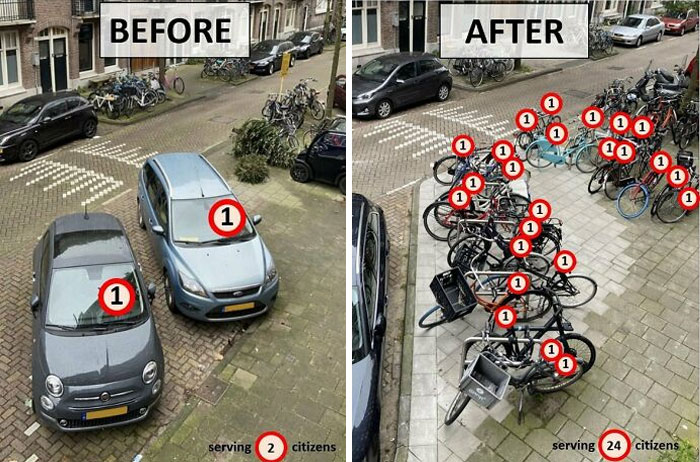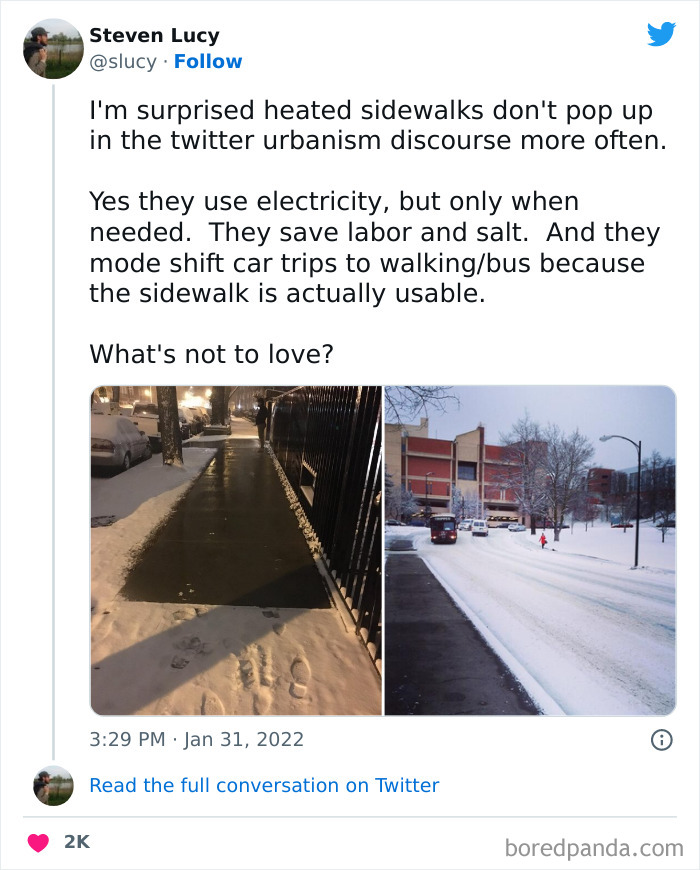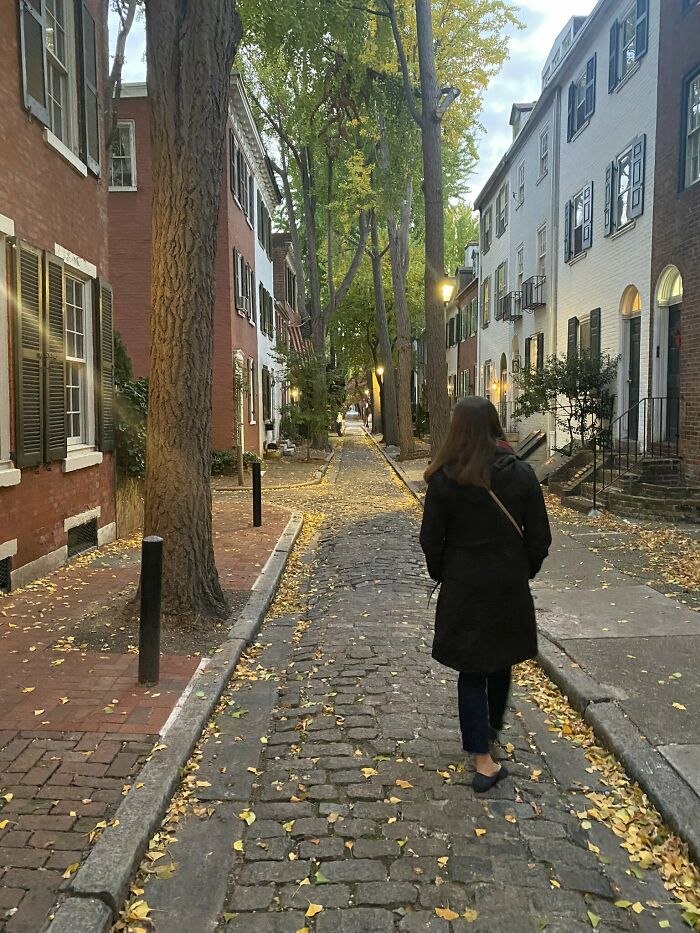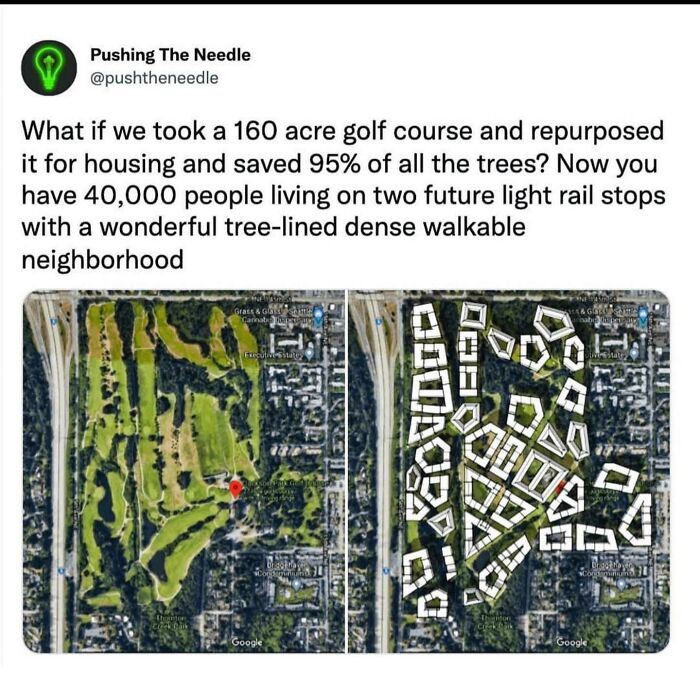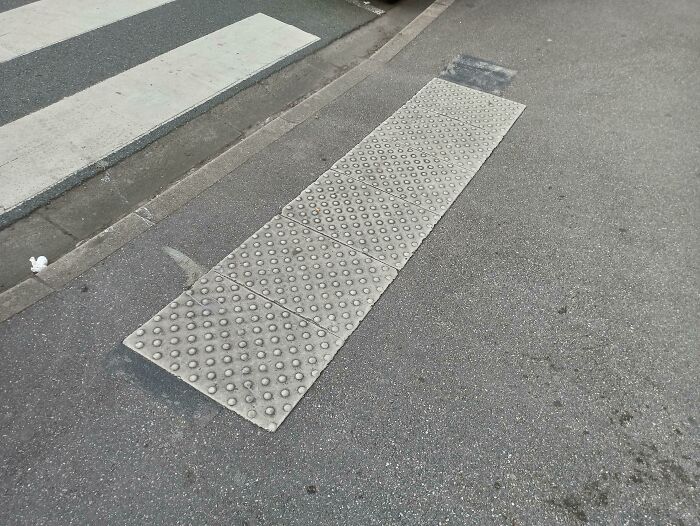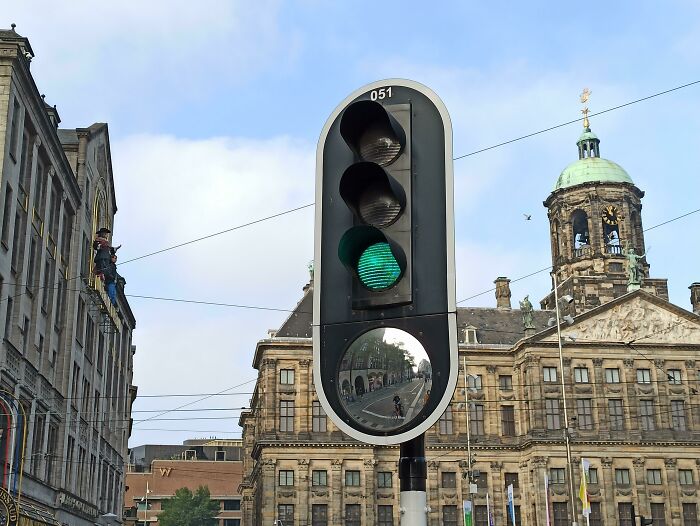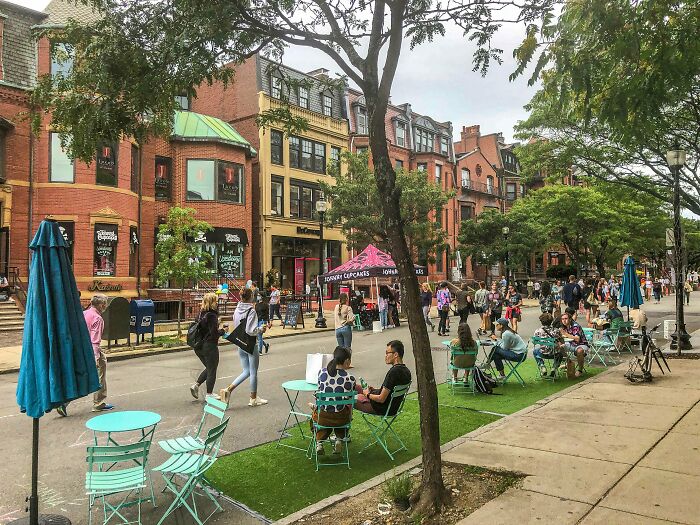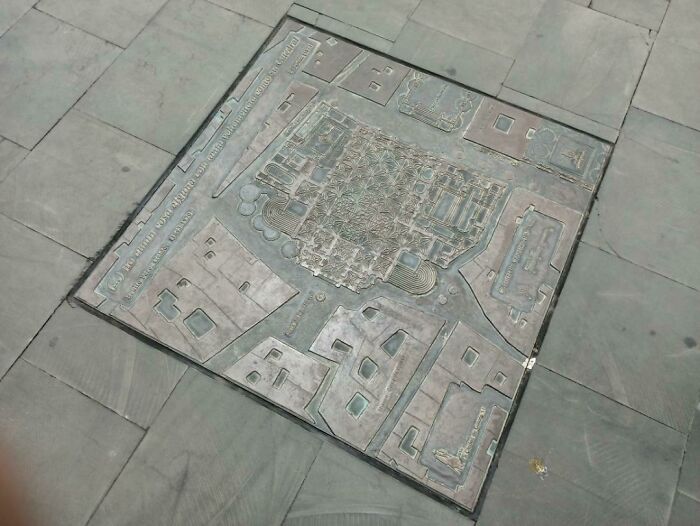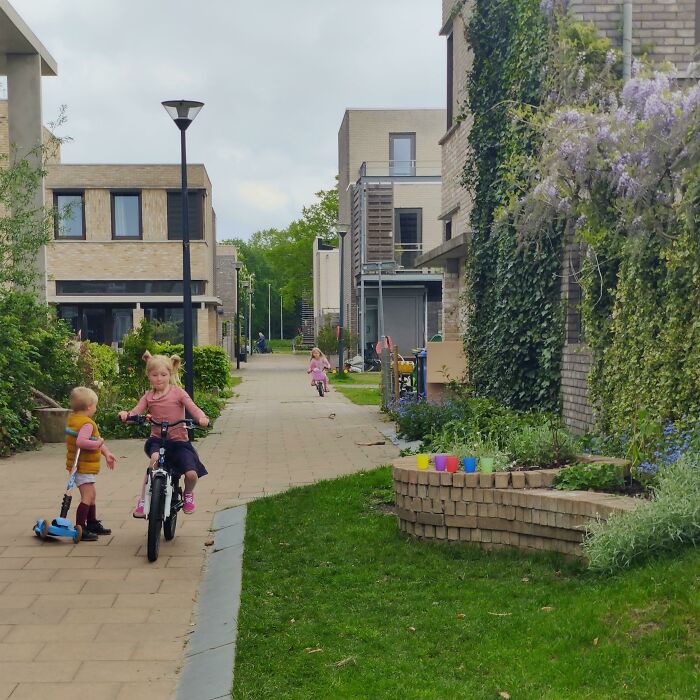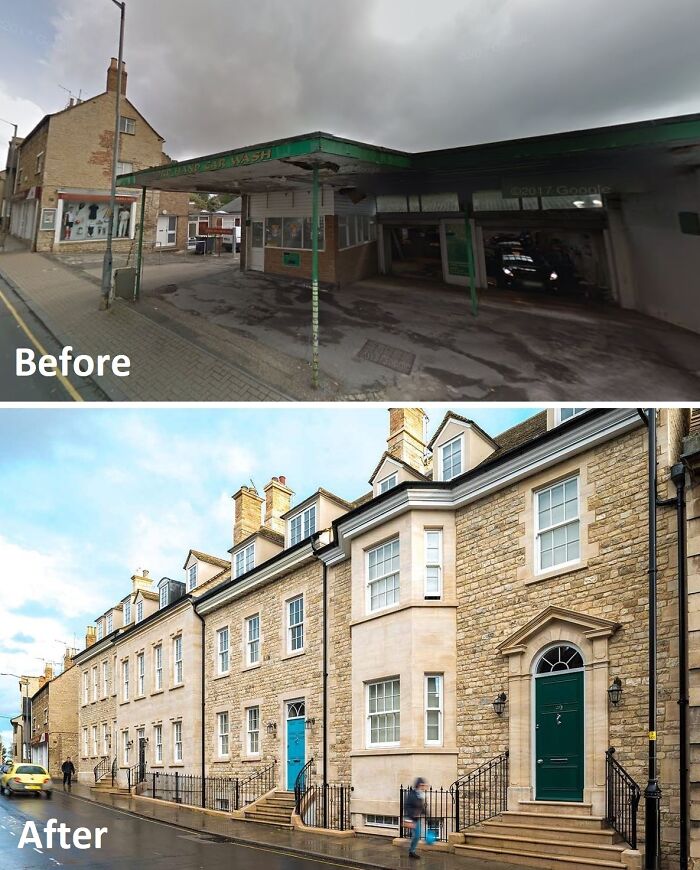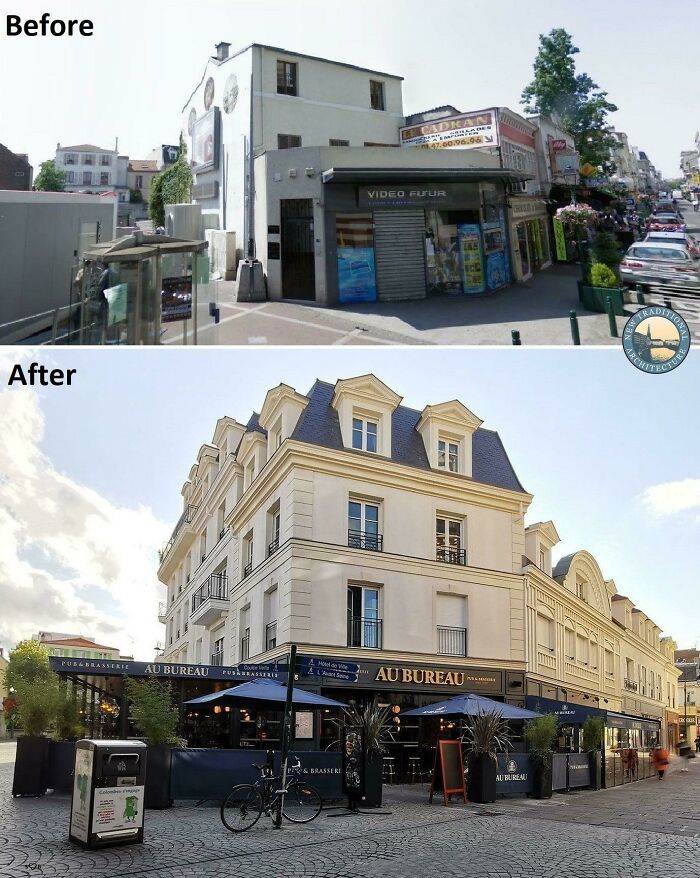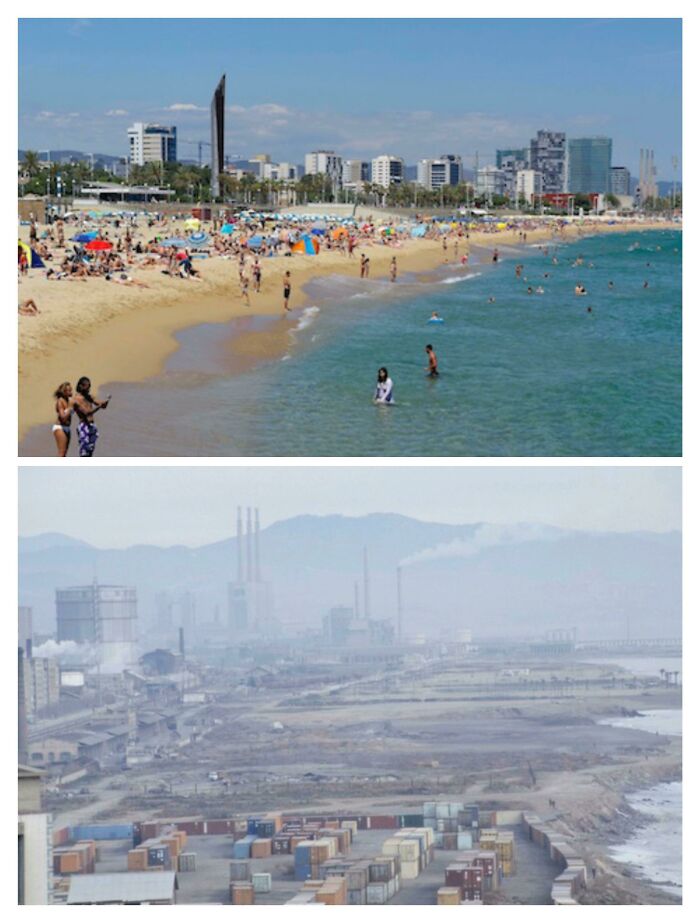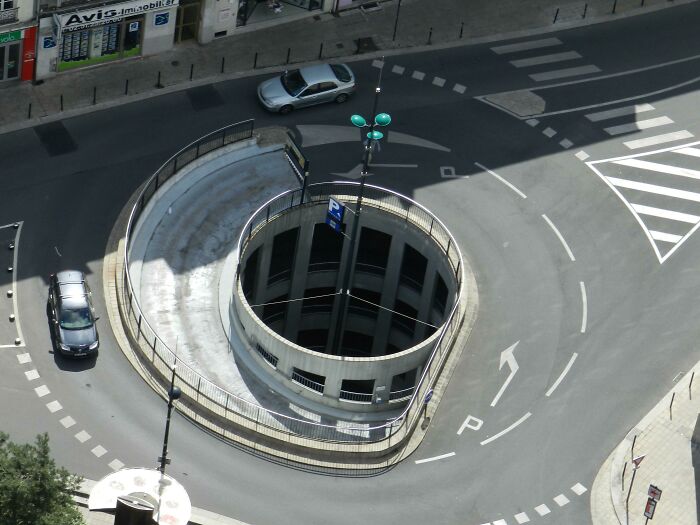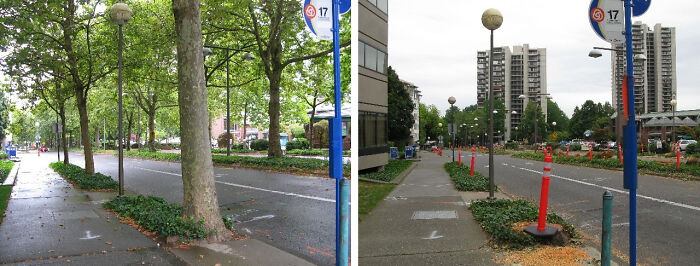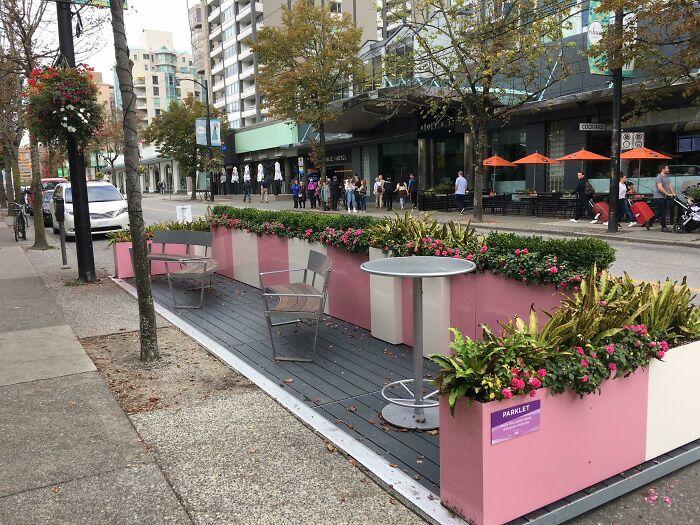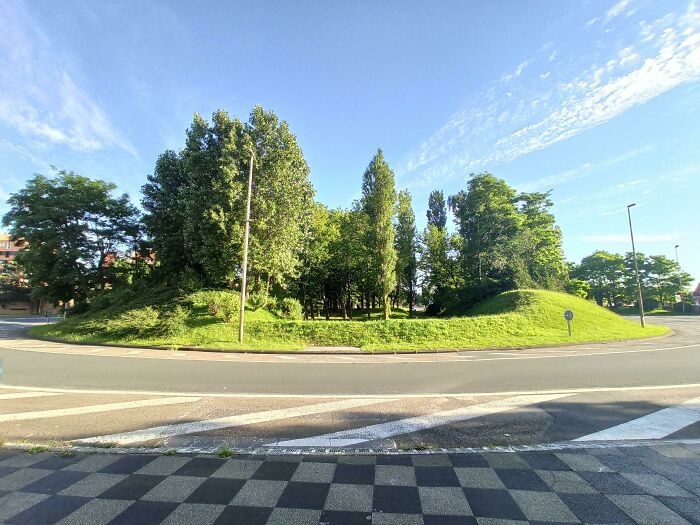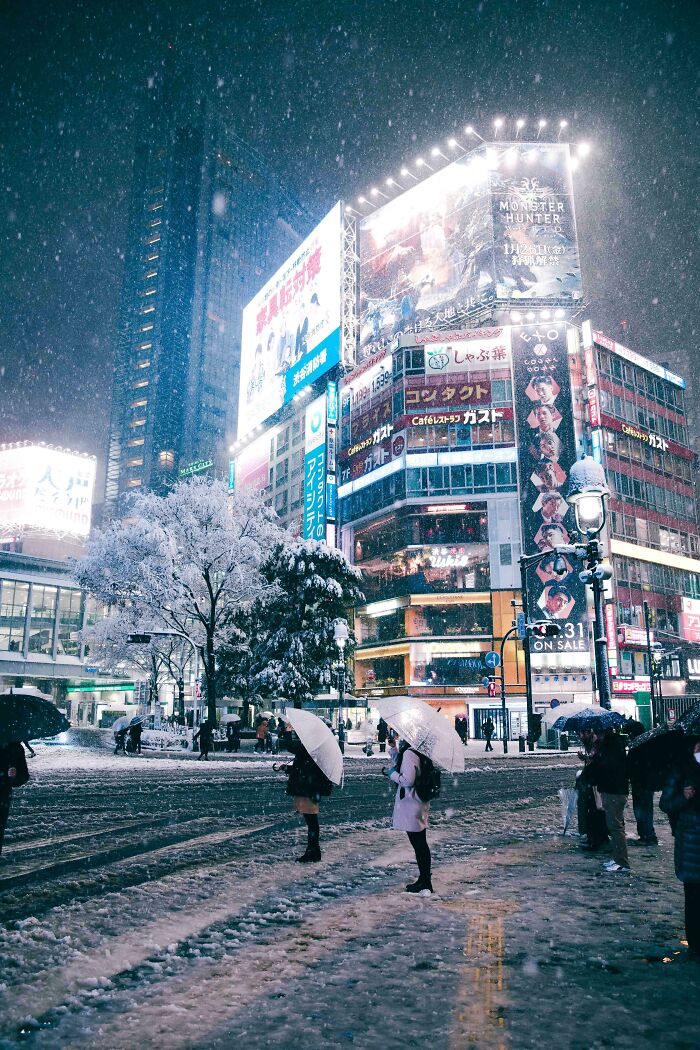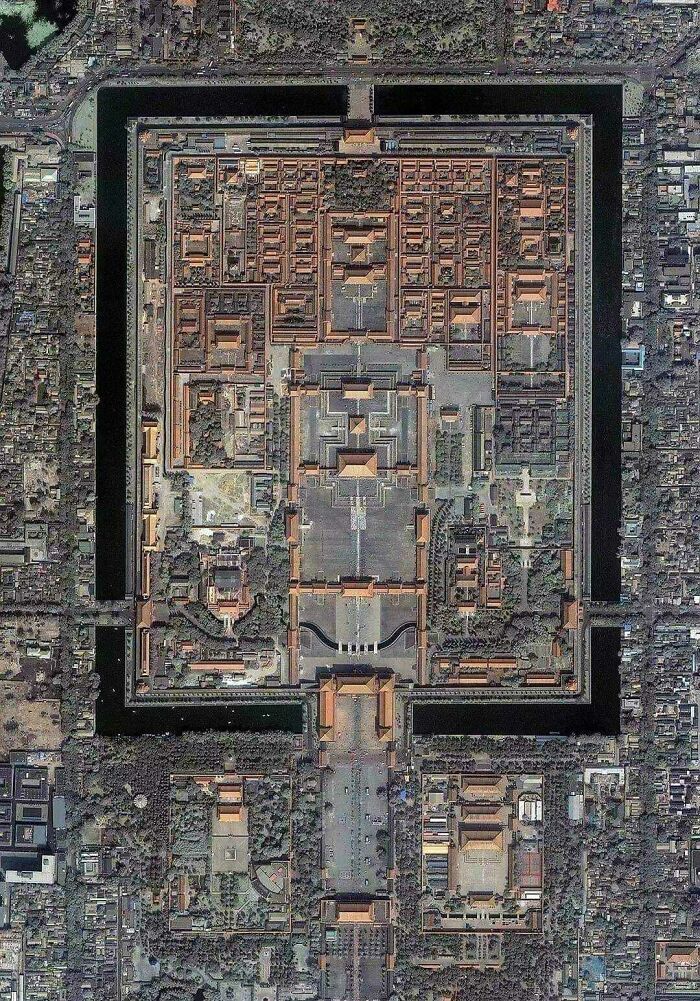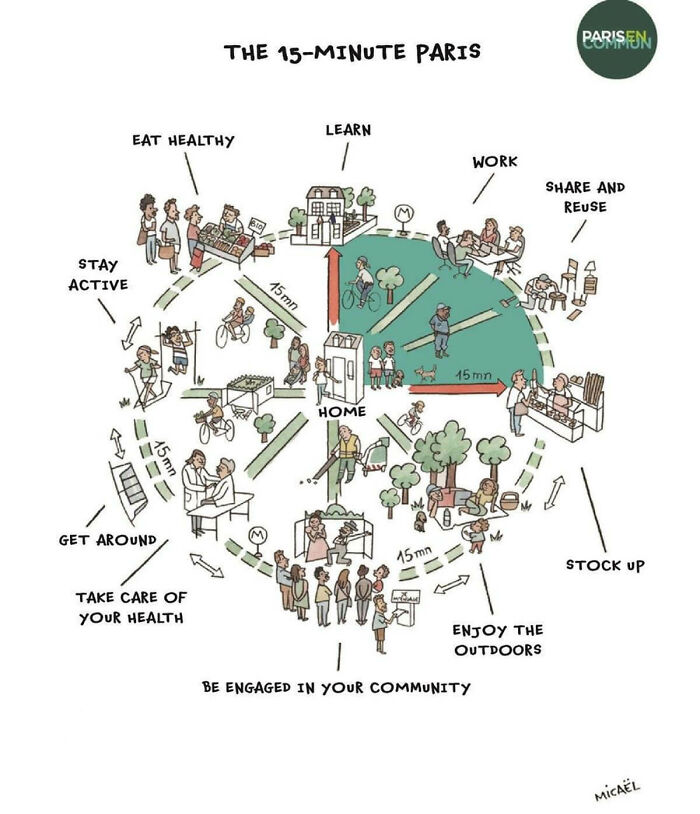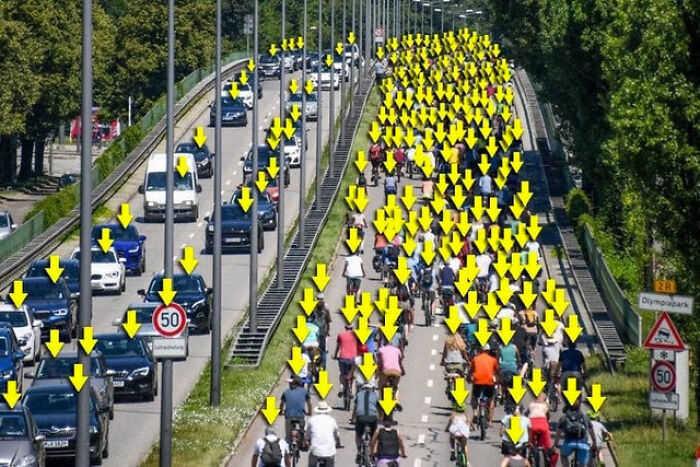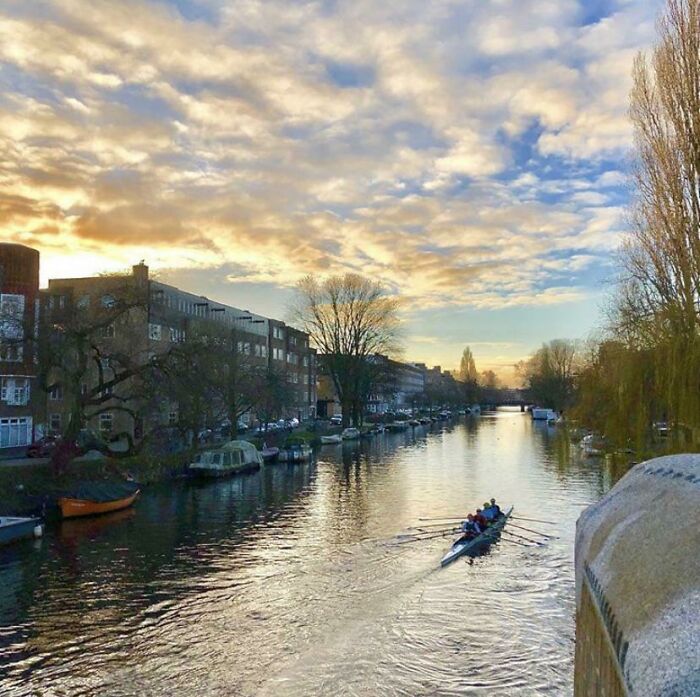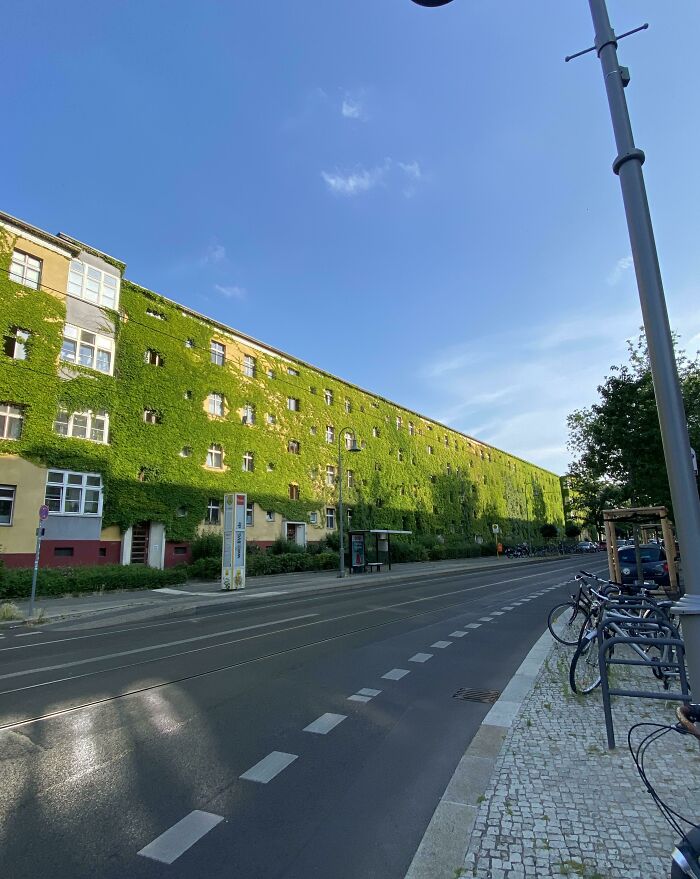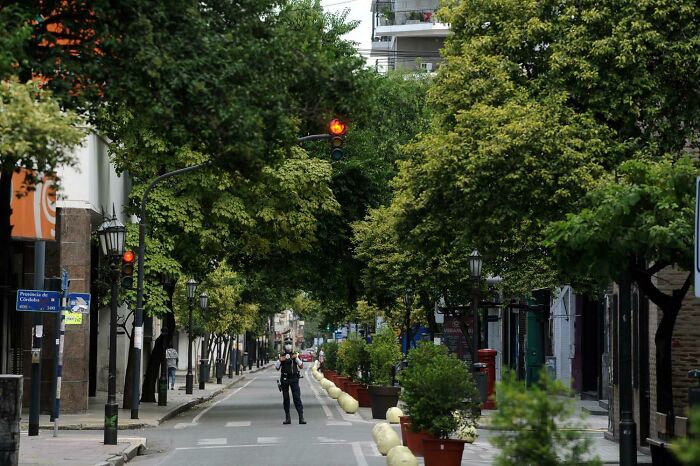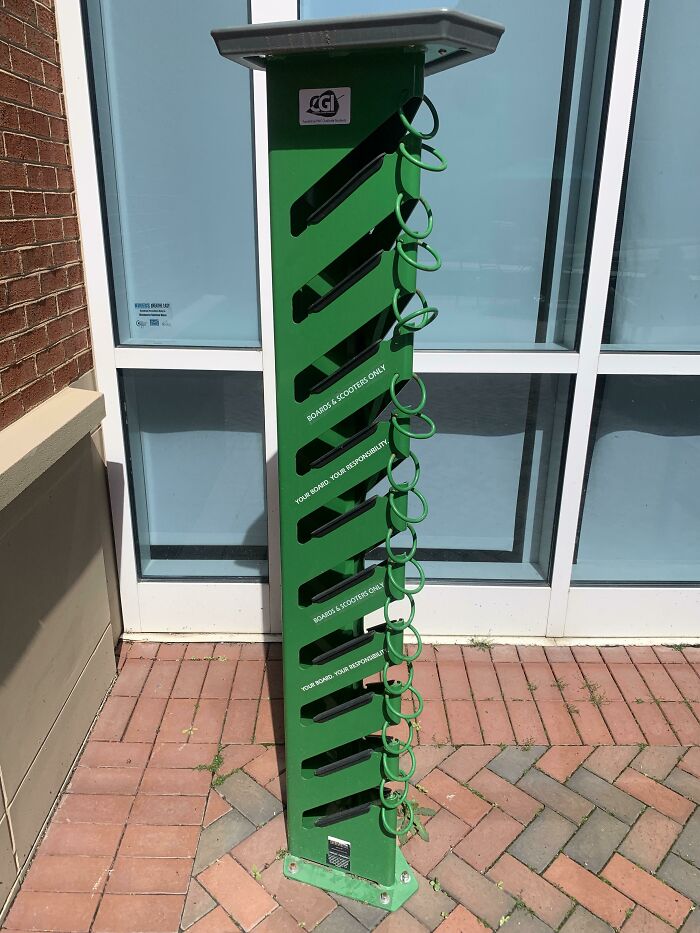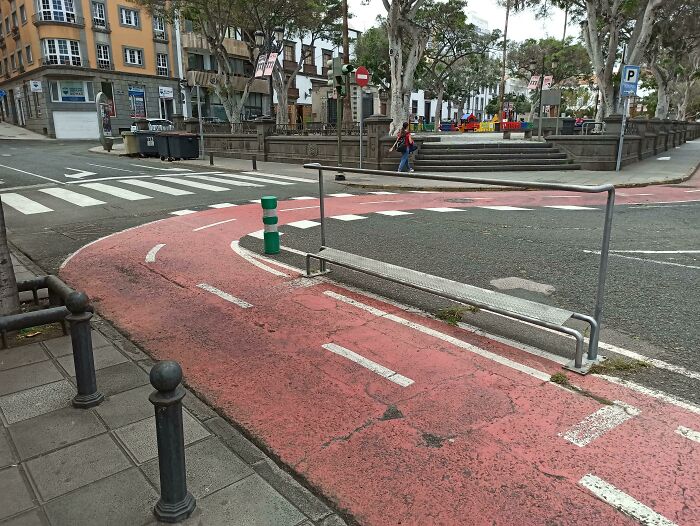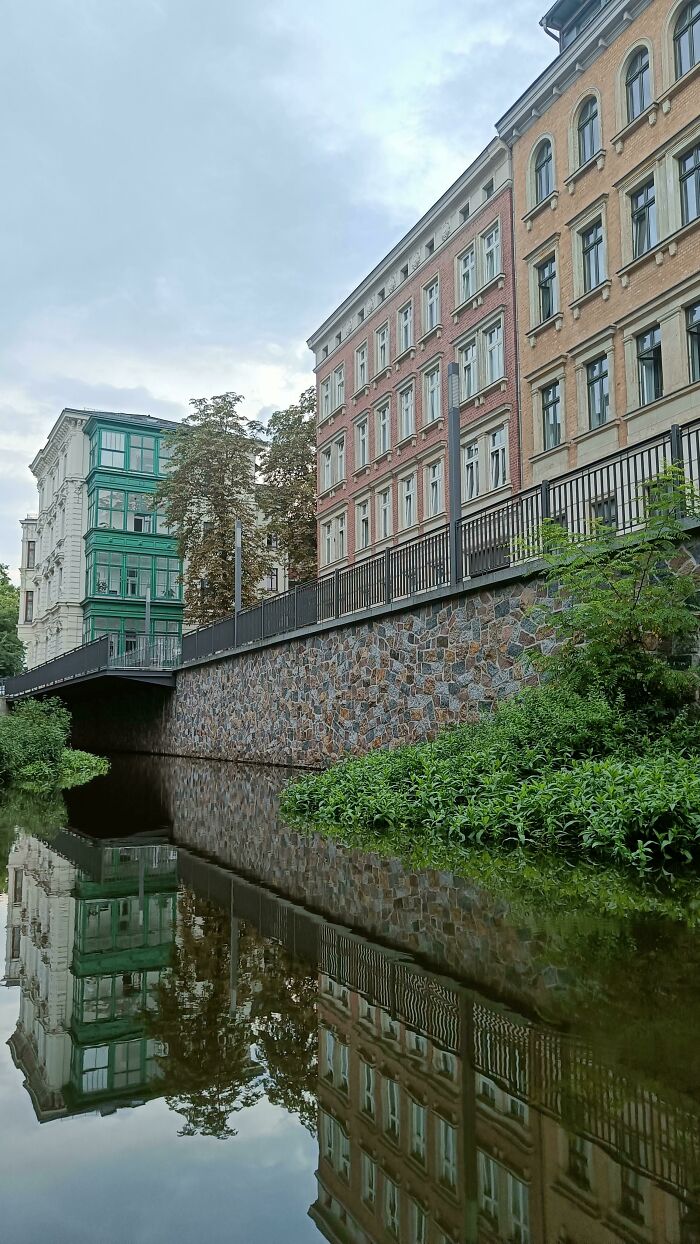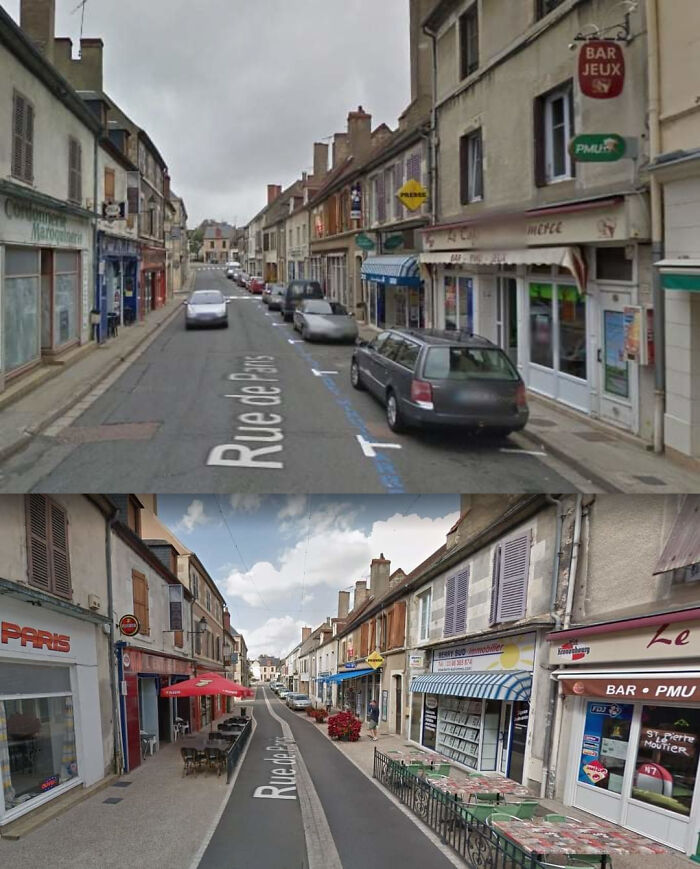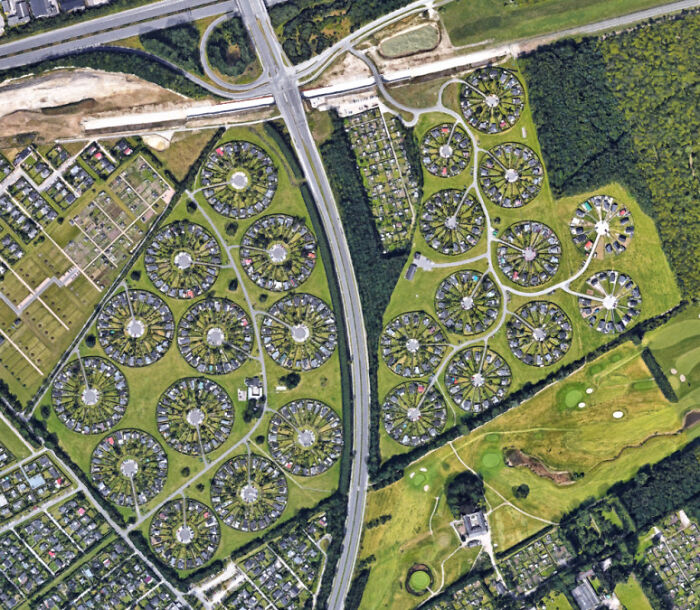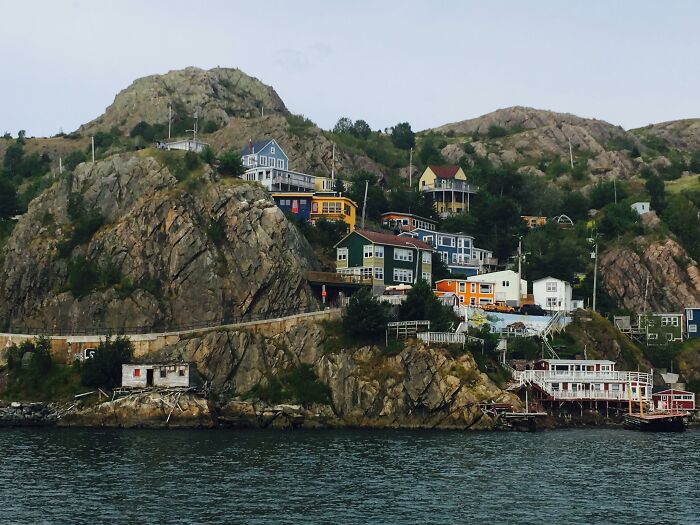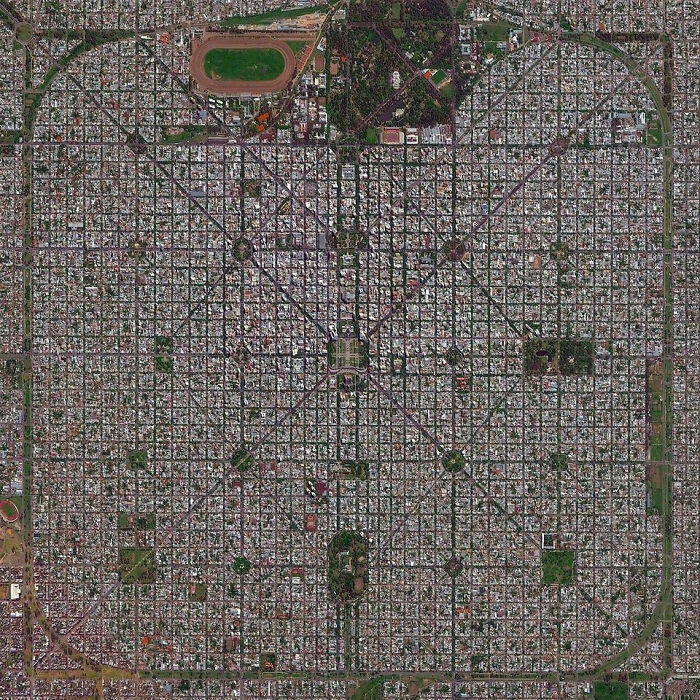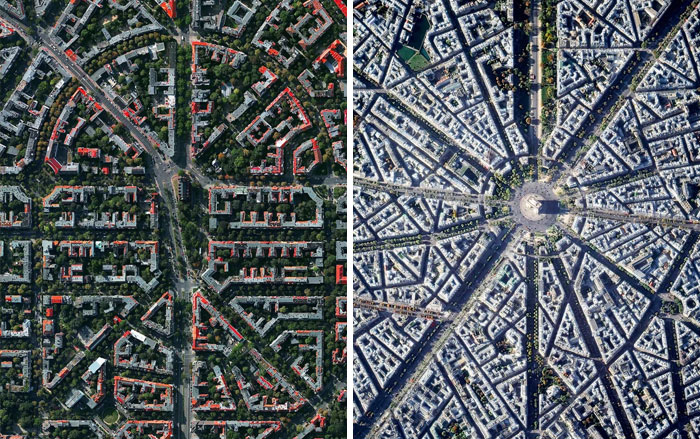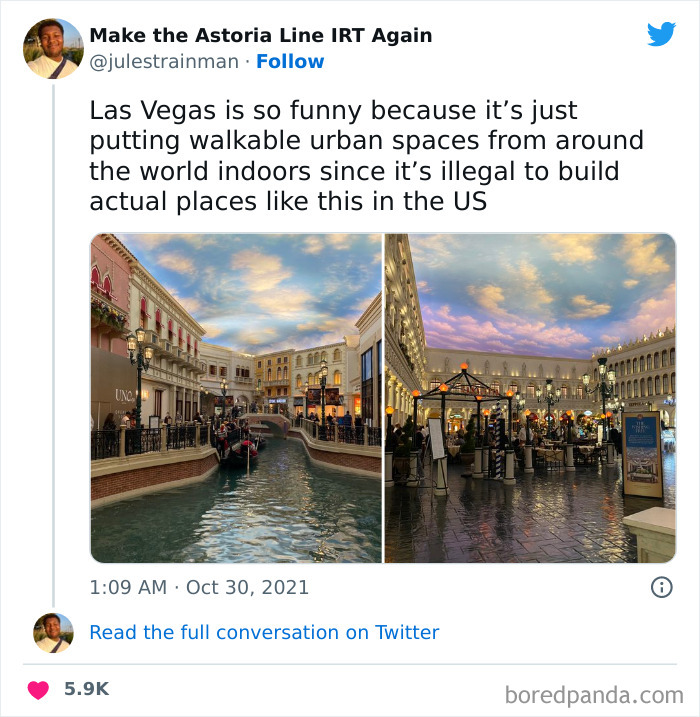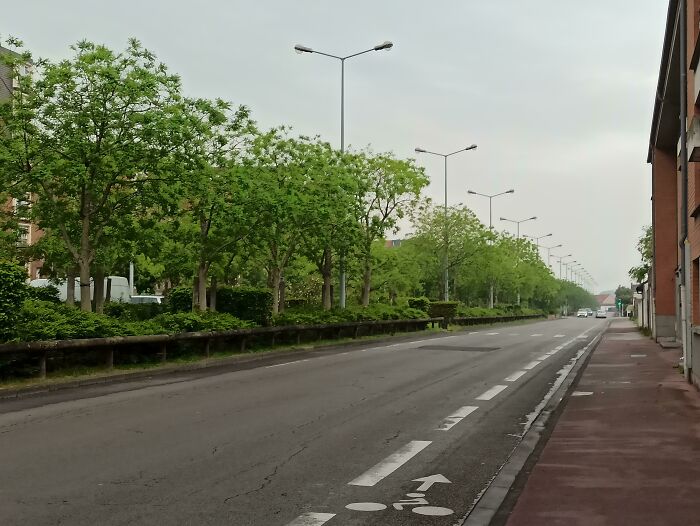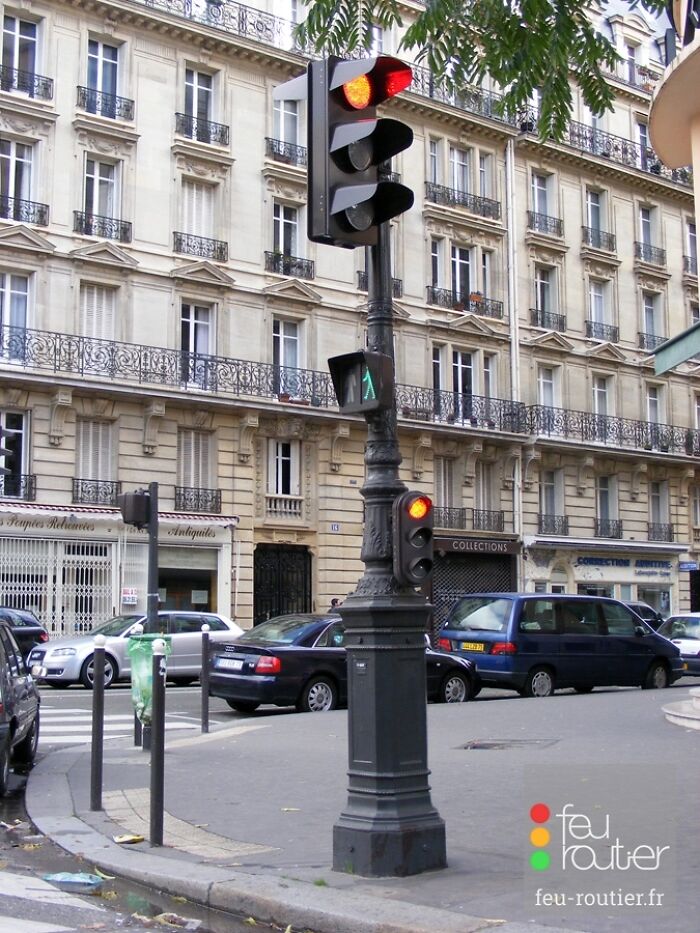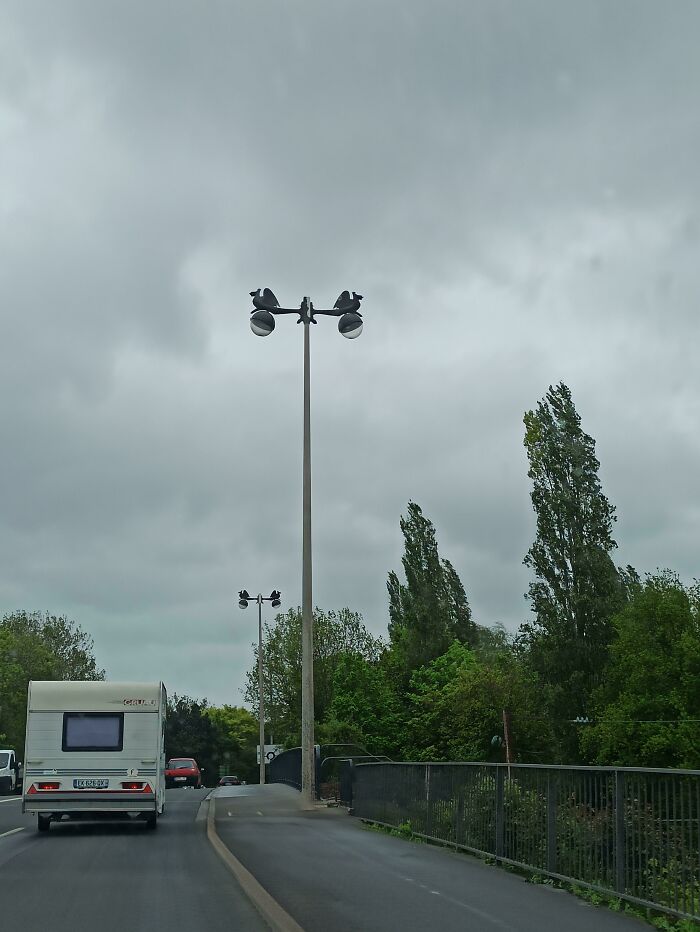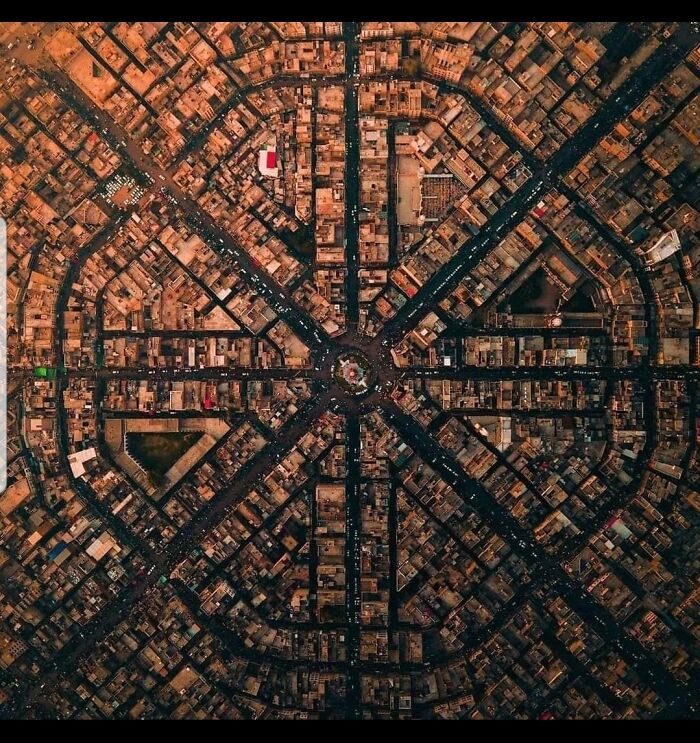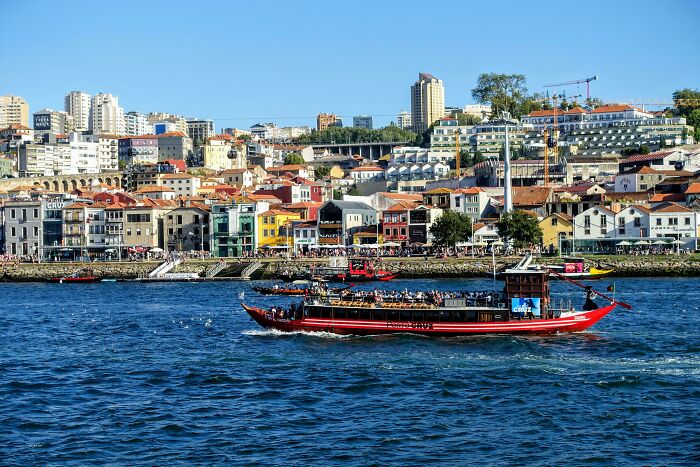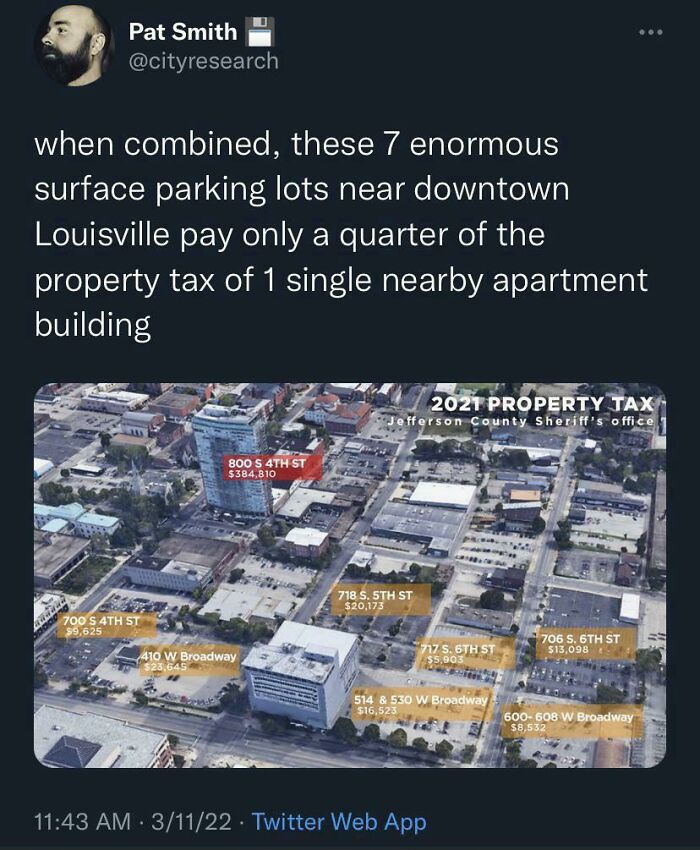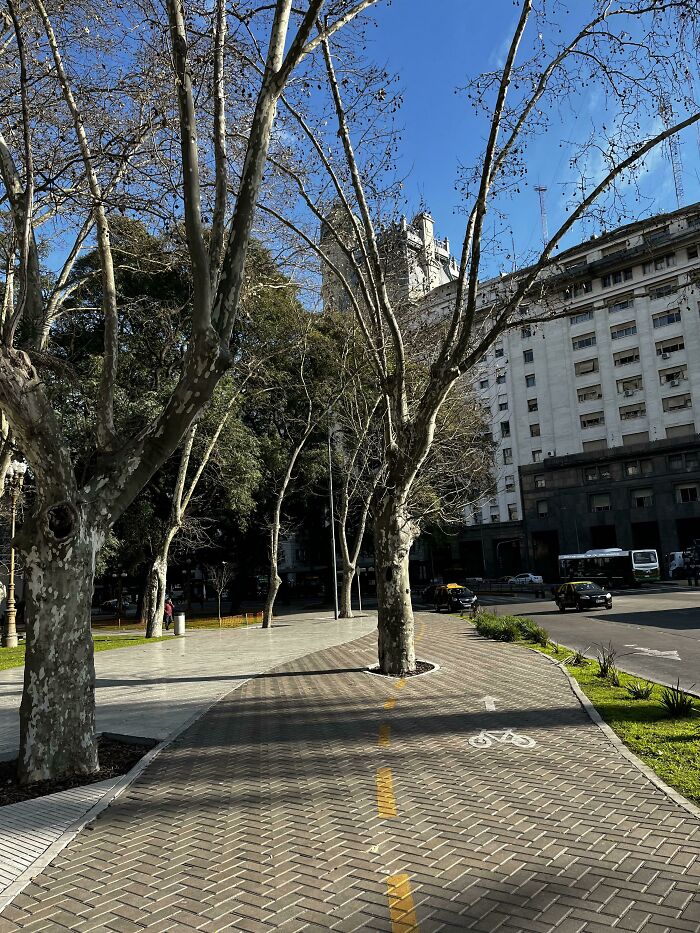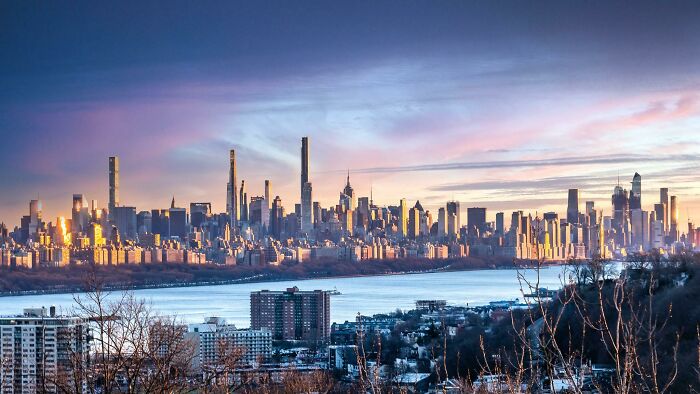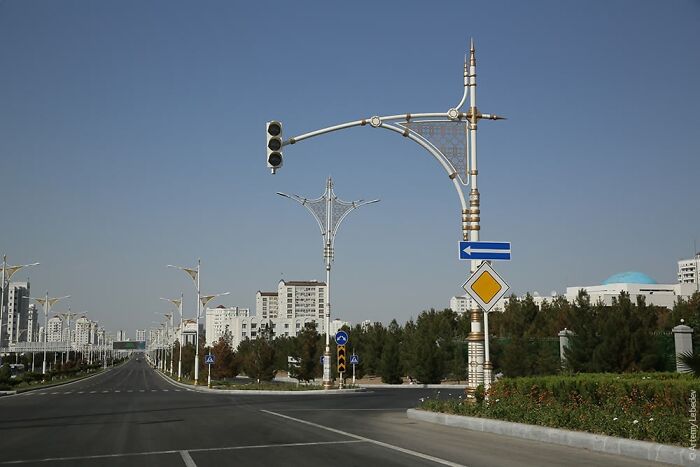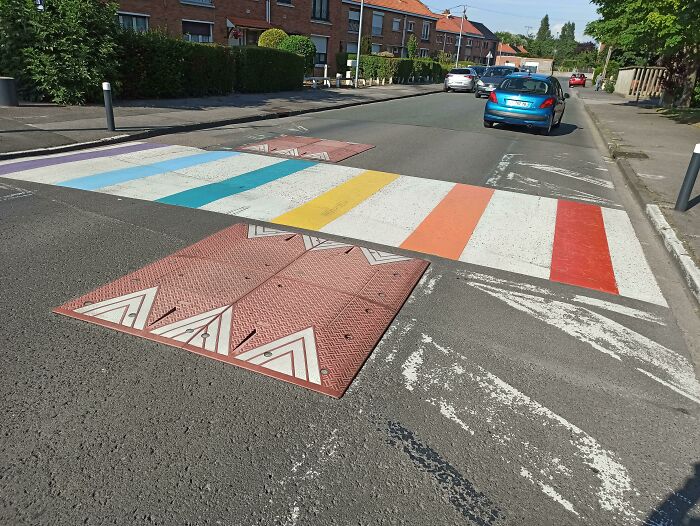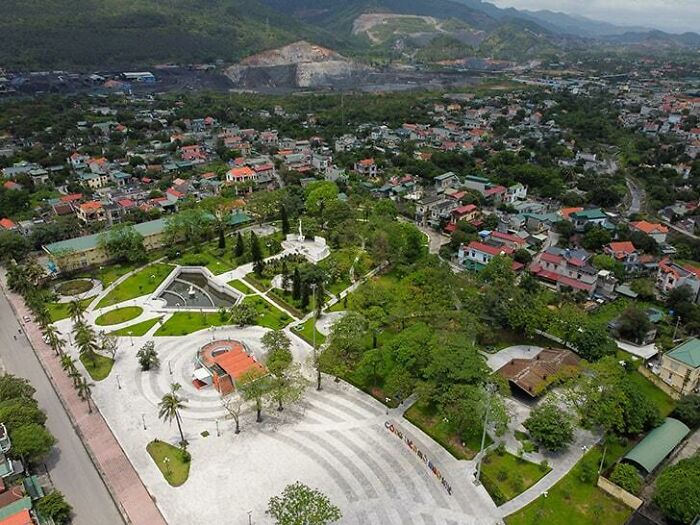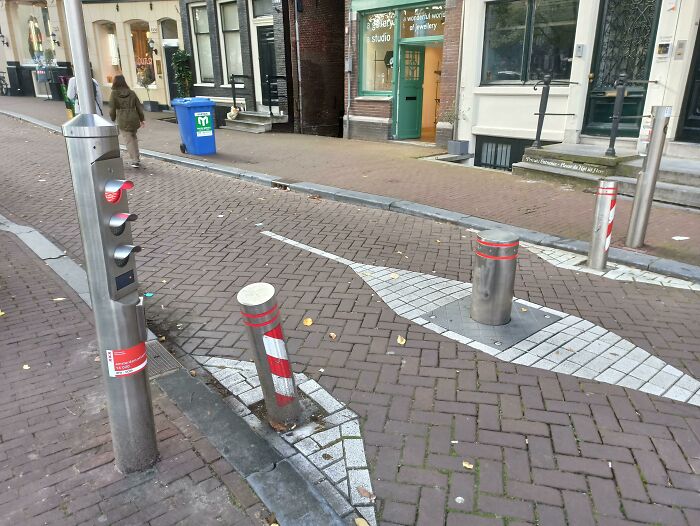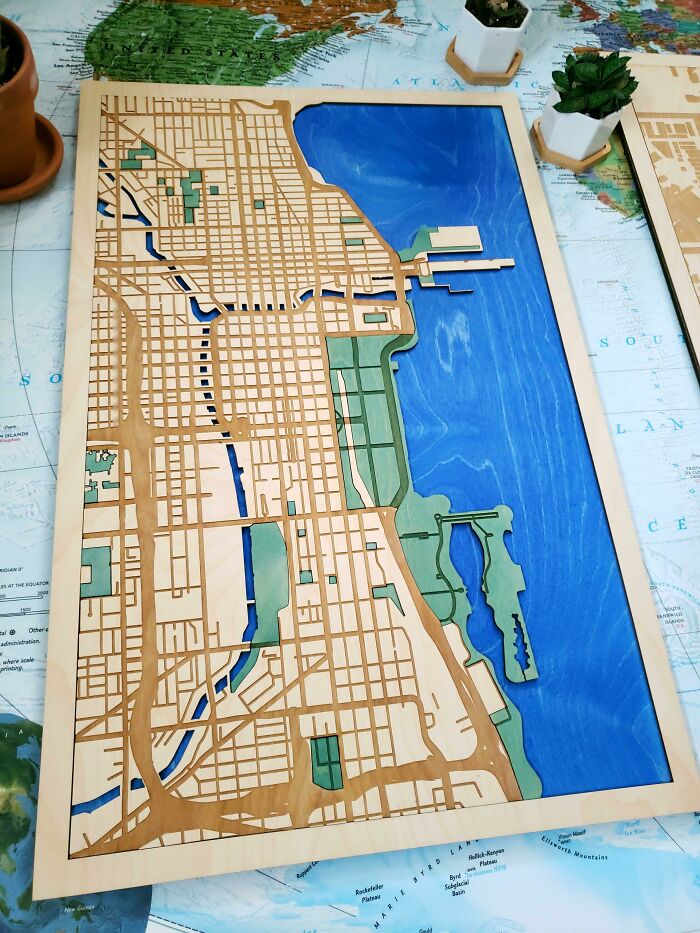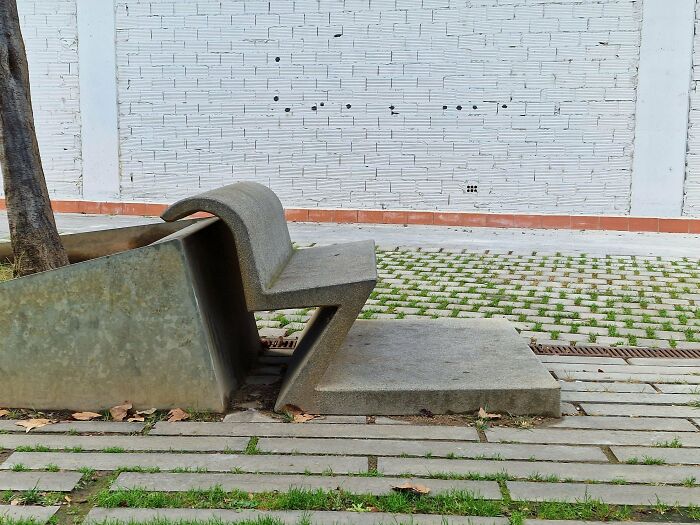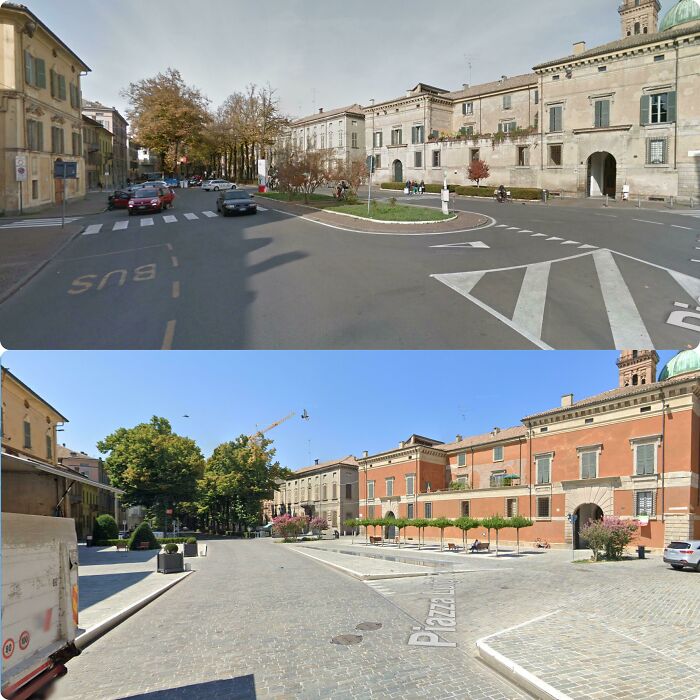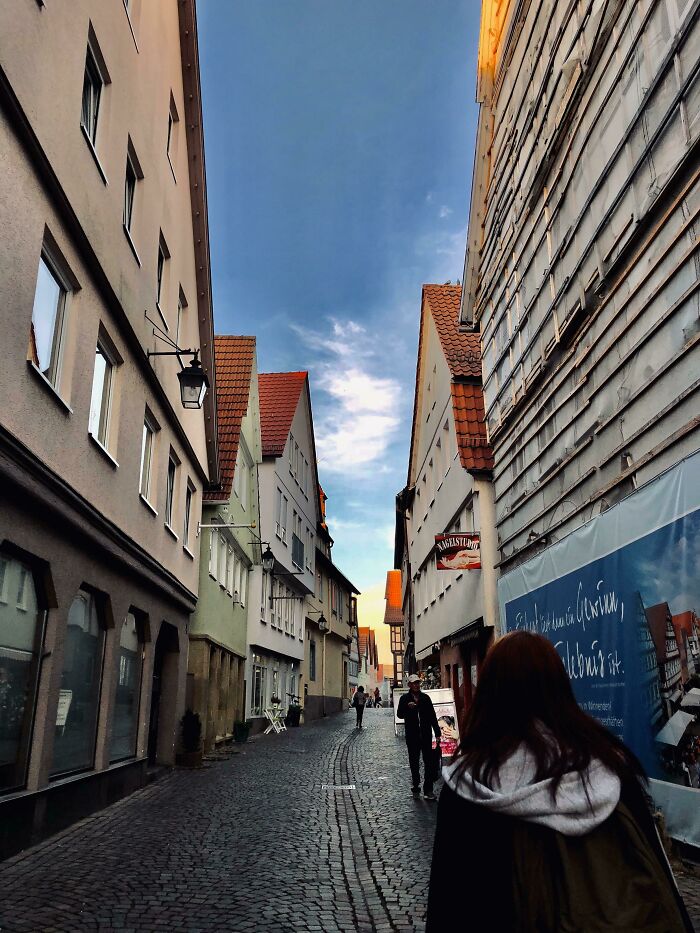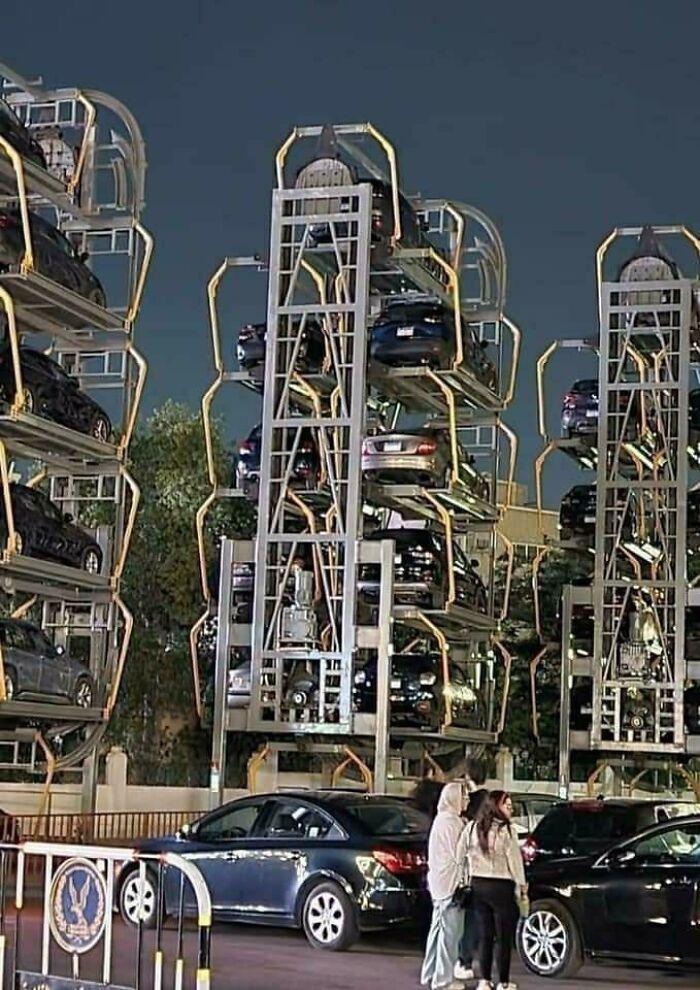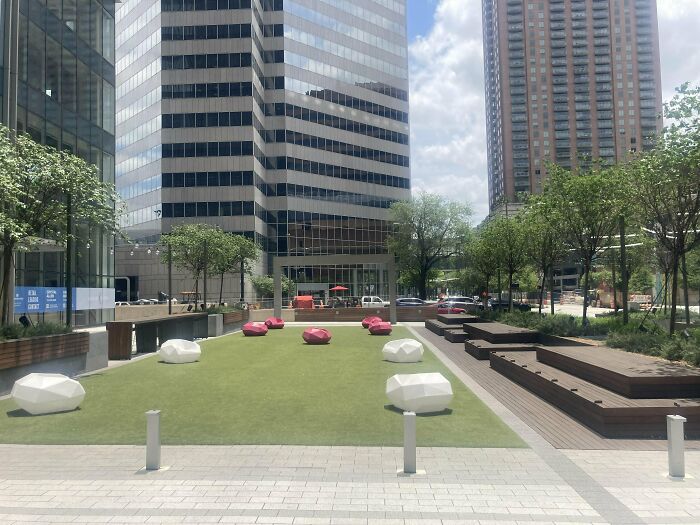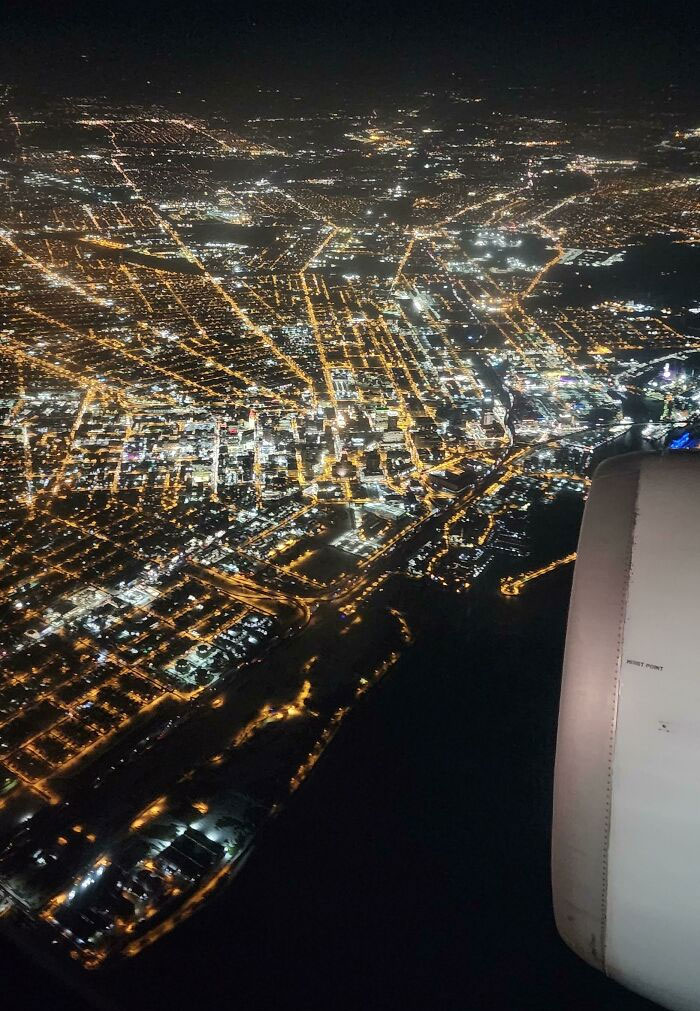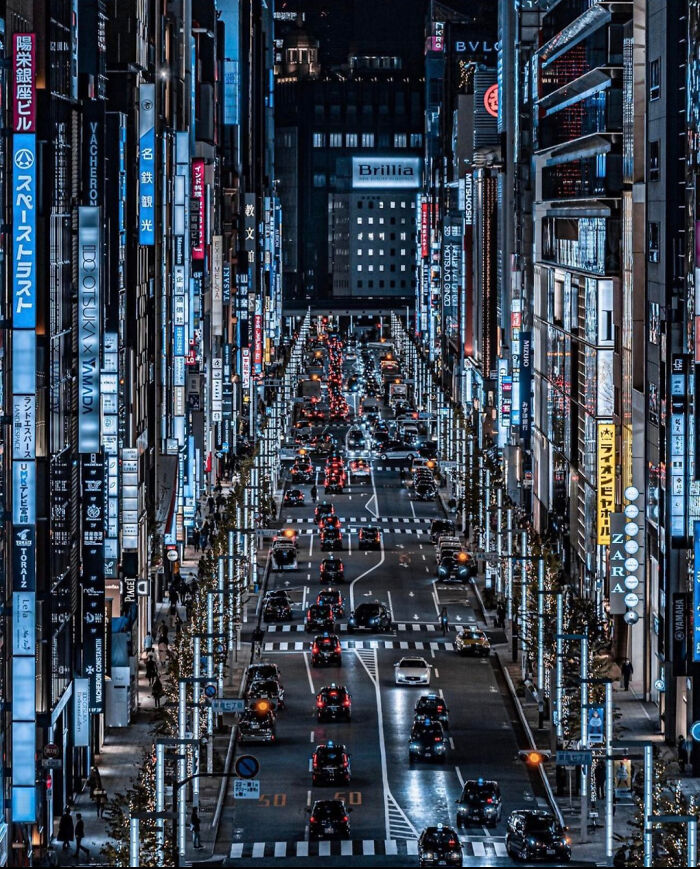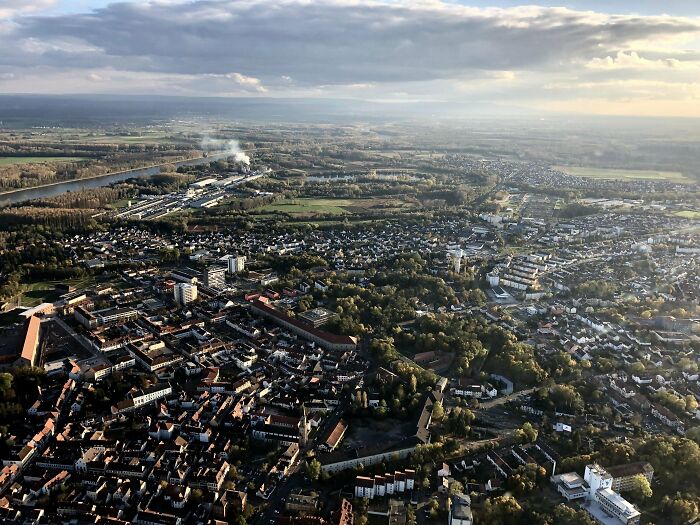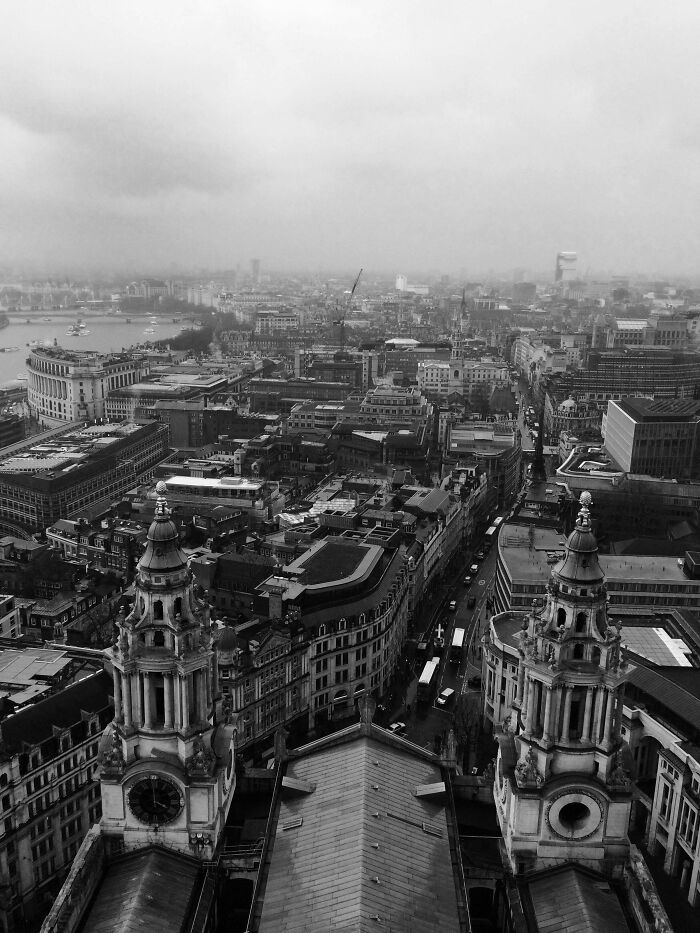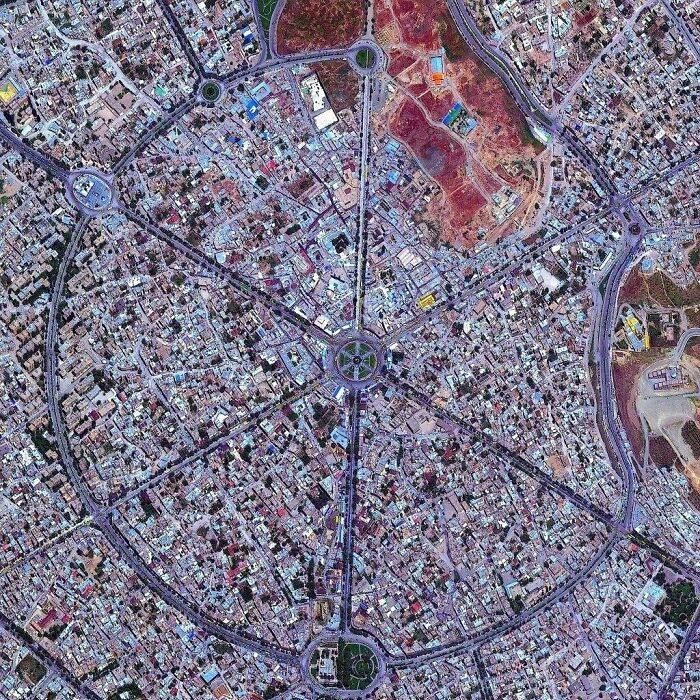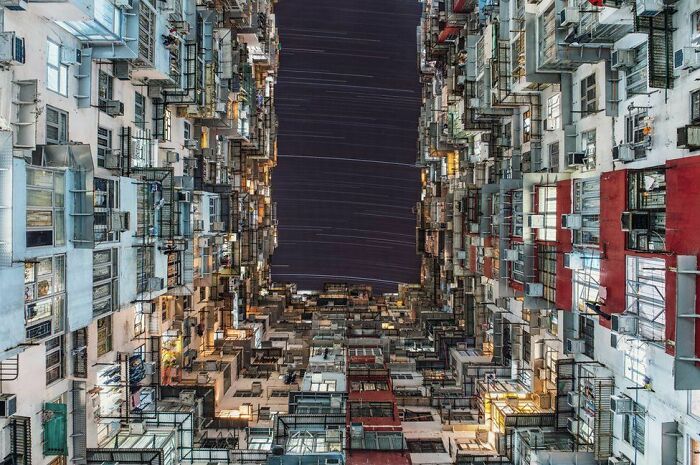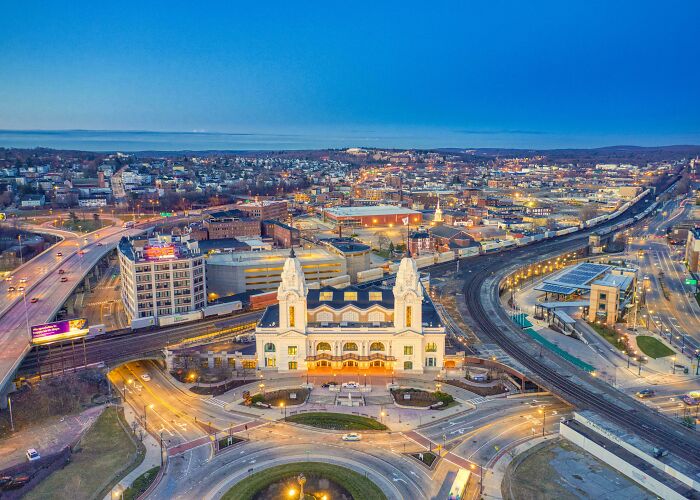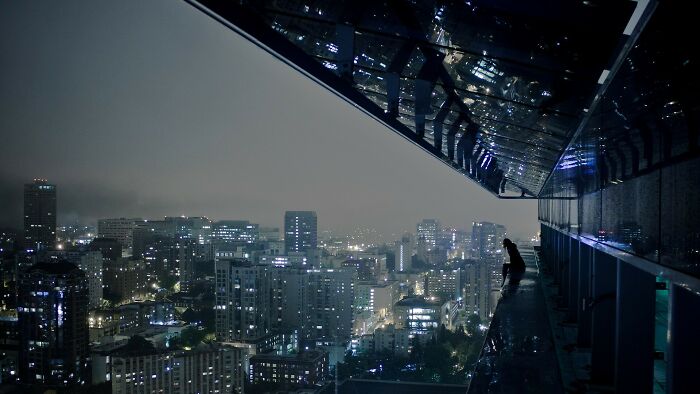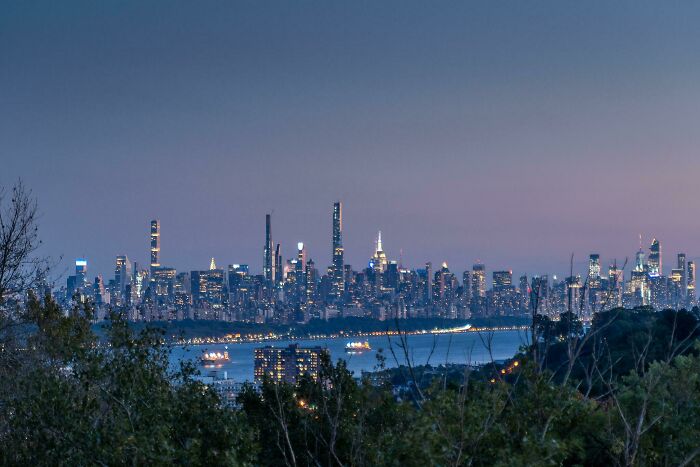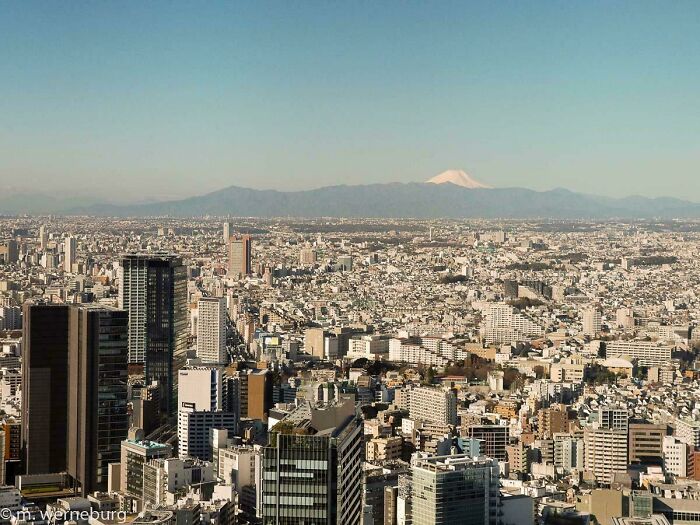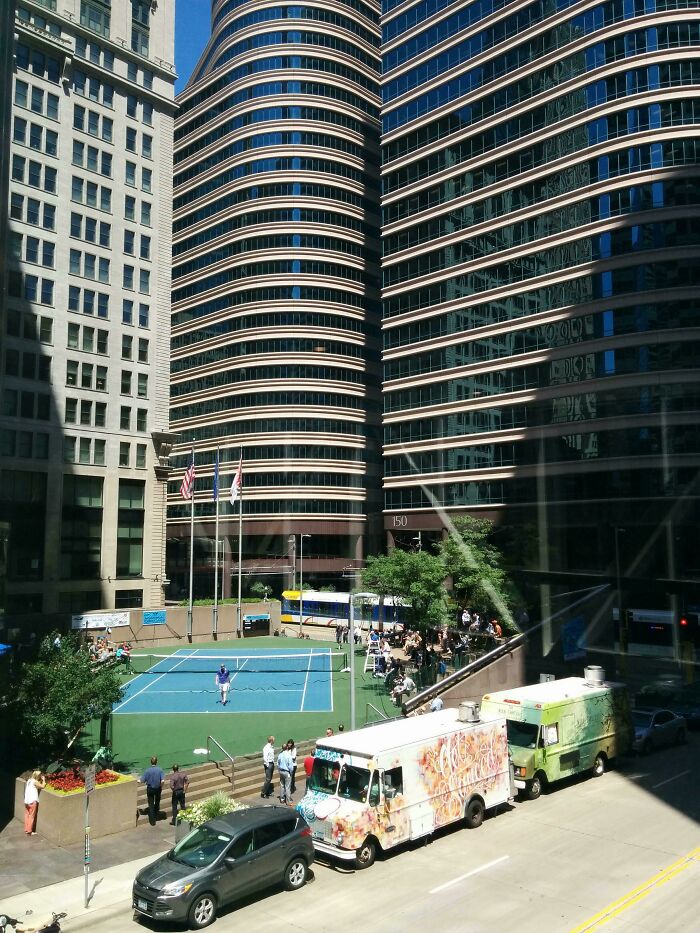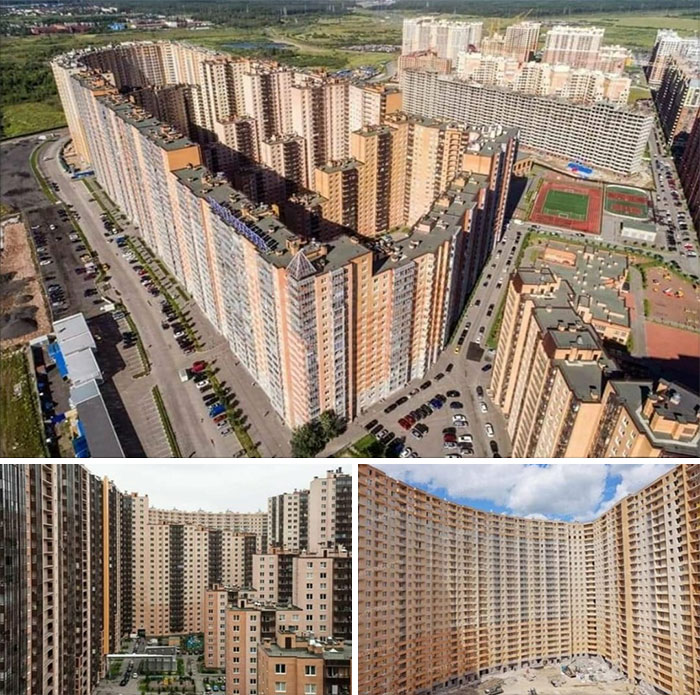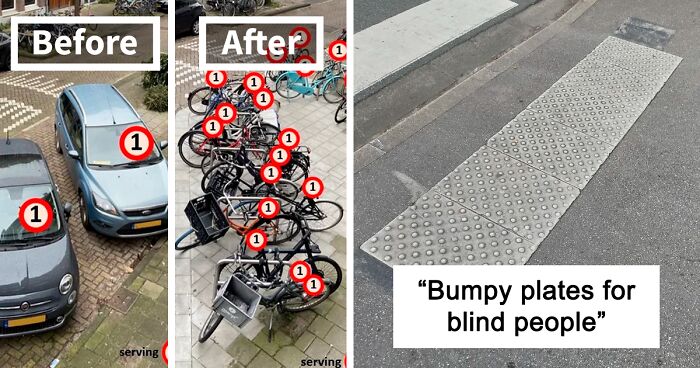
People Are Sharing The 50 Best Examples Of ‘Urban Planning’ They’ve Seen
InterviewCities may have loads of opportunities and energy but have also been linked to a variety of issues affecting human well-being. Traffic noise, commutes, and pollution all end up affecting our stress levels and even our sleeping habits. City planners have the responsibility to ensure that we don’t all go crazy just living our lives.
As awareness about urban development grows, different online groups have formed that are devoted to showcasing the best designs or shaming the worst. We also reached out to Professor Alan March from the Melbourne School of Design to learn more about urban planning in general. So get comfortable and be sure to upvote your favorite examples. If you want to see more, check out our other article on this topic here.
This post may include affiliate links.
The Speed Camera Lottery In Stockholm, Sweden
Drive at or under the speed limit and you'll be entered into a lottery where the prize fund comes from the fines that speeders pay. Average speed reduced from 32 km/h to 25 km/h (a reduction of 22%)
Luminous Pedestrian Crossing In France, When A Person Is Detected The Lights Turn On To Warn The Drivers
It's Never Too Late To Acknowledge The Reality That Urban Highways Are A Fixable Mistake
We asked Professor Alan March to give a few examples of what are core principles he believes help a city become more livable for its residents. “High enough density to allow services such as schools, parks, infrastructure, healthcare, etc to be provided at an affordable cost. Diverse types of housing and affordable housing. A mix of rent-to-buy, rent, and purchase options, in addition to legal structures that allow co-ownership between non-family members. The ability to move housing according to life circumstances without excessive costs such as stamp duties and other fees.”
“Low energy use, access to a range of green and other recreational spaces. Excellent schools, jobs, transit, and stable representative democracy. Help for poorer, disabled, elderly, and other people with limited life choices. A relatively equal society whereby birth circumstances in terms of location and Socio-Economic Status of parents do not set out one’s life course,” he added as important things for city planners to design for.
Apartment Building With A Park At Its Center, Berlin
Holland, 1982-2020
Planned This Shot For Months Before Coming To The Us, But I Didn't Expect The Sun To Make The Rails Golden. Sometimes Photography Is Just About Being A Lucky Bastard
As the popularity of walkable cities spreads, many urban areas are making streets smaller, removing parking lots, and expanding bicycle infrastructure and walkways. The most hardline advocates actually want to fully remove most cars from urban areas and replace them with robust and extensive public transportation alternatives. We wanted to know his take on the growing anti-car movement and whether it is too extreme of a solution.
I Dont Know Why, But I Just Love When City Elements Wrap Around Nature Like This. [oc] Photo Taken In Stockholm, Sweden
Comfort Town, An Old Industrial Site In Kyiv Built In Response To Brutalist Soviet Era Apartments Buildings
Edinburgh, Scotland
“The idea of a carless city has merit. Designing the city with few or no cars will mean we emit considerably fewer greenhouse gases and have cheaper and more equitable transport via mass transit and walking (and for the many people who cannot drive for many reasons). We will waste fewer resources on car spaces and freeways, get to know our neighbors better, have lower obesity in children (eg walking to school) and adults, and have fewer accidents and other health impacts from pollution. It will depend on cities being designed properly to achieve this.”
Concrete Sewer Pipes Used As Outdoor Seating
Imagine if they started rolling, it would be like a hamster wheel :D
These Public Benches Are Reversible, So You Can Choose To Look At People, Or Boats
Bin For Cyclists In Denmark
Lastly, for some contrast, we were curious to know if he had any examples of cities that made terrible design choices. Professor Alan March specified that Houston was a ‘good’ example of a bad city, due to “environmental degradation, huge inequality of wealth and housing provisions, gated communities for rich.” It also suffers from an overreliance on cars, as over 75% of residents have stated that they need a motor vehicle to go about their daily tasks.
Paris, 9th Arrondissement. These Miniature Gardens Used To Be Car Parking Spaces Until A Few Years Ago. The City Reclaimed Them, And Replanted Them With Fruit Trees And Flowering Shrubs
This Does Put A Smile On My Face
One benefit of the pandemic. My town blocked off streets in the historic area so that restaurants and cafes could have outdoor seating. It worked out so well, they decided to keep it. Now it's a pretty, flower-filled area for strolling, shopping, and dining. Small boutiques have moved into the empty storefronts and thrived because of the great foot traffic.
Vienna Gasometers, Gas Storage Tanks First Built In 1896 And Converted Into Mixed-Use Developments Between 1995 And 2001
I was just looking at pictures of the interior, and it's lovely. What a brilliant idea.
I remember when I went to Barcelona, they turned a bullfighting arena into a shopping mall
The abundance of cars on the street creates congestion that had led to Houston having one of the longest average commute times in the United States. This is a result of a comparatively low urban density compared to other US cities, as services, jobs, and public facilities are rarely close together. It’s not all doom and gloom, however, the city authorities are planning to introduce more bicycle infrastructure.
My City, Delhi Is Redesigning Its S**tty Car Centric Good For Nothing Roads, Here's Half Of A Wide A** Road Reclaimed
If there was a way that no more car registrations were approved by the Transport Authorities. Or at least no family of two adults could own more than one car, or similar. Excessive car ownership and usage is a problem. As well as the logic of owners that since a new car has been acquired, the universe owes them parking spaces.
"Gion Quarter" Kyoto, Japan
Urban Space Is Complex. But The Math Is Relatively Simple
Heated Sidewalks
Quince Street, Philadelphia. Legalize Narrow Streets!
How Things Would Be Different With A Little Bit Of Rezoning And A Land Value Tax
This will never happen. You really think that the elite will give up their exclusive retreat to spend their fortune on totally unnecessary things and place for showing off their wealth and power, for something as mundane as housing for Plebs?
Bumpy Plates For Blind People, Everywhere In France, I Hope It's The Same For The Other Countries Too
You don’t have tactile paving in the US? There are several types in the UK; top & bottom of stairs, crossings, edge of platforms, cycle paths etc.
Traffic Light With A Mirror To Allow The Drivers To See The Pedestrians/Cyclists That Are In Their Blind Spots
“Forget The Motor Car And Build Cities For Lovers And Friends.” - Lewis Mumford
Although I'm all in for green cities, I really don't understand all this "remove the car parks". Maybe I'm missing some context, but taking away these spots will only make traffic worse and people angrier. And this specific pic looks like artificial grass
There's A Map Of The District On This Plate In The Street
So We Got The Possibility To Redesign Our Street A Year Ago And We're Quite Happy With The Result
Car Wash Replaced By Beautiful New Georgian Townhouses During 2017 In Stamford UK
New Mixed Use Flats In Colombes, France Near Paris
Barcelona Now vs. In 1990
A Roundabout In Nantes (France) With An Underground Car Park Entrance
With And Without Trees, What A Difference It Makes
From Reddit: “ This is Lincoln St in Portland. Fortunately, the second picture was taken at the start of a street redesign that brought in light rail, bike lanes, and improved water drainage. And they planted new trees. Most recent street view of the same POV.”
My City Has Been Removing Some Street Parking And Making These "Parklets". It's A Much Better Use Of Space
In your opinion-- not in mine-- and having been a NYC Paramedic, these blocked off areas are a royal pain to get around, and maneuver emergency equipment around-- try carrying a cardiac patient down, having the street blocked by these idiotic bumpouts, , and trying to load into the ambualnce while traffic drives down the sidewalk to get through.- The ultimate in lazy, stupid design.
Roundabout With Some Nature In The Middle, France
This Shot I Took Of The Snow Storm In Tokyo Last Week
Aerial Shot Of The Forbidden City, Beijing
World's Tallest Indoor Waterfall
Professor Carlos Moreno's Urban Theory Of ‘15-Minute City’ - A Concept Where Everyone Has Access To All Facilities And Resources Within A 15-Minute Walk Or Bike Ride
A lot of european cities strive for this as the ideal city development. Unfortunately it is commonly assumed that its complete realisation is not yet attainable. But some cities (especially Barcelona has been a pioneer at this) try to do their best. It is generally met with concerns as usually a lot of parking spaces are removed. Only that once the transformation is complete, those parking spaces are not really needed any more. Most people in "accessible" cities do not have the need for a car, and more and more of them do not own one.
This Is Why We Should Prioritize Infrastructure For Bicycles And Pedestrians Over Infrastructure For Cars
Amsterdam
Green Houses In Berlin
Looks great but structurally very destructive to many materials over time.
Green Quarantine. Tucuman, Argentina. Photo By Diego Araoz
This is cool… but like what if the leaves dip? Then you can’t see the light.
Rack For Locking Up Skateboards And Scooters
Metal Equipment That Allow Cyclists To Stand Up Straight While Being Stationary Waiting For The Green Light. Spain
One Of The Numerous City Canals In Leipzig, Germany
Before/After, France
Anybody Know Why This Is Designed Like This? (Copenhagen Denmark)
The Outer Battery, Newfoundland, Canada
Planned City - La Plata, Argentina
This is grid planning and common all over North and South America, in cities that were founded and expanded under colonial rule. The opposite are cities that expand over time, organically. In Barcelona you can see both: a medieval old town and this colonial style grid expansion.
Unique Types Of Urban Blocks That Are Just Amazing!!
Las Vegas Creatively Getting Around Laws
I'm tired of people trying to make me feel guilty for using my car without knowing. I have an average salary that does not allow me to live near my work. I would put 2h30 to go with public transport (don't have 5h to spend by day on a smelly place). i refuse à job because i can park near or in the way to. Sometimes car is an obligation, not a choice or a caprice.
Same. I'm 70 years old and have COPD. I can walk OK on level terrain if I take my time and don't exert myself, but I can't walk for significant distances, I can't bike, and I definitely can't do hills, which I'm surrounded by. I can't carry half a dozen bags of groceries home from the store, and the nearest bus stop is over half a mile from my house. An electric bicycle isn't a viable option because they cost as much as a decent used car, aren't suitable for shopping trips, and where I live are only really usable for half the year. I need a car. Period.
Load More Replies... Boston-Ros...nway-1.jpg 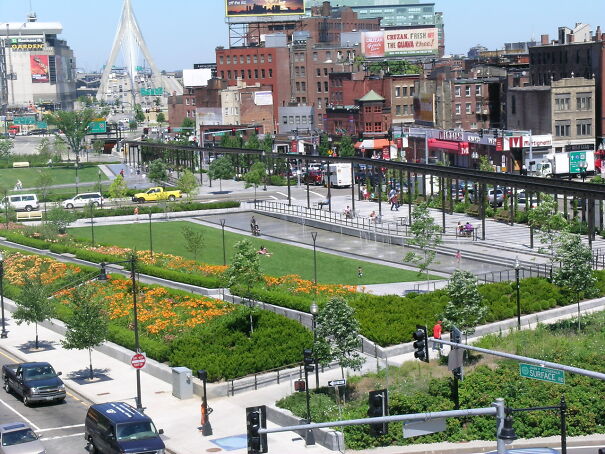 Rose Kennedy Greenway, Boston MA. Replaced the "Central Artery", an old elevated highway through downtown, dating back to the 1950s. The Big Dig, for those in the know.
Rose Kennedy Greenway, Boston MA. Replaced the "Central Artery", an old elevated highway through downtown, dating back to the 1950s. The Big Dig, for those in the know.
These urban places are great for rich, healthy, non-family people. Try moving kids, or walking with feet/hip problems for any distance. The problem has not been solved, only moved out of line of sight. Better take a friend who can circle the block until you are ready to be picked up. Outdoor places are okay in good weather -- anything less makes it impossible to enjoy. And there is no sign (yet) of homeless or trash meaning continuous cleaning. These places look great on travel pictures -- what is the reality of actually living there?
Availability of mobility scooters for free hire can help disabled people as well as maybe shuttle buses?
Load More Replies...Why are people here afraid of tall buildings lol? like the big apartment building or the building in the minneapolis in summer? They are just tall
tall buildings in my opinion dont use as much land therefore are good
Load More Replies...How do people living in "walkable" cities get their shopping done? Do they have to pay for delivery every time they need something from the nursery/hardware store/electronics/grocery/clothing/whatever isn't light enough to comfortably carry over a "15 minute" walk during perfect weather? I love the idea, but have always wondered how folks manage without a car (which doubles as my mule/extra closet/locker).
Im Dutch and i have a small shopping centre 3 min from my home, So i do all my grocery shopping on my bike, The city centre is also only about 12 min {On my bike} away, So that's not a problem to, The only thing i order on-line is cat food and litter because that tends to be very heavy, Other than that i do almost everything on my trusty electric bike.
Load More Replies...Some of these are cool, others cause more problems than they solve. Oh, you converted all those vehicle roads to footpaths? Enjoy paying more for all goods that are trucked in and increased response time from emergency services. Oh, you converted all that "ugly" warehouse space into apartments? Enjoy more frequent incoming shipments that burn more fuel and pollute more. Oh, you removed the highways through your city? Enjoy zero transitive income from people passing through and increased outage repair times in the event of an emergency. Doing some of this stuff guarantees that you will live in a bubble and cut yourself off from people outside walking distance. It also makes it just that much harder for the disabled to move around in your little prison camp. This whole thing reeks of economic privilege and "look at me" disguised as real change.
I think some of these are Amazing I just hope that scooter hire for disabled people is available in the places where there is no parking so as not to disadvantage people who can't walk very far.
Props to all towns who are making a difference and bring nature back into the scene!! A part of my town (right near my neighborhood) it making the road bigger and in turn getting rid of trees and sidewalks.. yippie. Hope other parts of my city aren't doing that!
So glad to live In a small town where all this concrete jungle stuff doesn't exist. Our tallest building is 2 stories lol
Last year I went to Gran Canaria and we visited a town called Galdar. Some of the smaller roads are closed off during the day as the local restaurants use them for outdoor seating. Car use resumes at night. There was also a lot of pedestrianised areas. There was a car park on the outskirts which cost €2 for the day.
Lafayette, Indiana collaborated with the railways to move the lines out of city center, it took 20 years but the result is green spaces, added affordable housing, and a covered bus stop on Main St. My hometown still has rail lines running through it because there is still industry there that needs to be on the rail lines. People there complain a lot but don't seem to realize it takes real long term planning to make a change.
Black Rock City should be on here.... even though it is temporary.
Everyone of these anti-car people own at least one car and would raise he11 if they had to give theirs up.
While I can't account for how people would respond to having to give their car up, I will say that in America it is almost impossible to live without a car. Distances between work, food, school, and everything else is massive, and the country has been designed around cars. Many people are advocating for mixed use areas, which would make losing a car manageable.
Load More Replies...This is all awesome. But what about the homeless who live on the streets. For them this is nothing but luxury. Make more affordable homes rather than beautifying streets.
It doesn't have to be one or the other. Both should be done.
Load More Replies...What people are forgetting is that wide roads and parking spaces were built for a reason. Just because biking and walking is better for the environment, doesn't mean everybody can just give up their cars. You have to be realistic and consider everything. With a bike, you have to constantly think about weather, if you have enough room on your bike for your stuff, how long is it going to take, do you have the energy to bike everywhere all the time, if you injure yourself and can't bike, if you have a pet and they need to go somewhere, etc. With cars, you really only think about if you need to start your car early cause the windows have frost on them, how much is gas going to cost, and how long will it take you to get to your location (almost always a shorter time in a car than on a bike to get somewhere).
I'm tired of people trying to make me feel guilty for using my car without knowing. I have an average salary that does not allow me to live near my work. I would put 2h30 to go with public transport (don't have 5h to spend by day on a smelly place). i refuse à job because i can park near or in the way to. Sometimes car is an obligation, not a choice or a caprice.
Same. I'm 70 years old and have COPD. I can walk OK on level terrain if I take my time and don't exert myself, but I can't walk for significant distances, I can't bike, and I definitely can't do hills, which I'm surrounded by. I can't carry half a dozen bags of groceries home from the store, and the nearest bus stop is over half a mile from my house. An electric bicycle isn't a viable option because they cost as much as a decent used car, aren't suitable for shopping trips, and where I live are only really usable for half the year. I need a car. Period.
Load More Replies... Boston-Ros...nway-1.jpg  Rose Kennedy Greenway, Boston MA. Replaced the "Central Artery", an old elevated highway through downtown, dating back to the 1950s. The Big Dig, for those in the know.
Rose Kennedy Greenway, Boston MA. Replaced the "Central Artery", an old elevated highway through downtown, dating back to the 1950s. The Big Dig, for those in the know.
These urban places are great for rich, healthy, non-family people. Try moving kids, or walking with feet/hip problems for any distance. The problem has not been solved, only moved out of line of sight. Better take a friend who can circle the block until you are ready to be picked up. Outdoor places are okay in good weather -- anything less makes it impossible to enjoy. And there is no sign (yet) of homeless or trash meaning continuous cleaning. These places look great on travel pictures -- what is the reality of actually living there?
Availability of mobility scooters for free hire can help disabled people as well as maybe shuttle buses?
Load More Replies...Why are people here afraid of tall buildings lol? like the big apartment building or the building in the minneapolis in summer? They are just tall
tall buildings in my opinion dont use as much land therefore are good
Load More Replies...How do people living in "walkable" cities get their shopping done? Do they have to pay for delivery every time they need something from the nursery/hardware store/electronics/grocery/clothing/whatever isn't light enough to comfortably carry over a "15 minute" walk during perfect weather? I love the idea, but have always wondered how folks manage without a car (which doubles as my mule/extra closet/locker).
Im Dutch and i have a small shopping centre 3 min from my home, So i do all my grocery shopping on my bike, The city centre is also only about 12 min {On my bike} away, So that's not a problem to, The only thing i order on-line is cat food and litter because that tends to be very heavy, Other than that i do almost everything on my trusty electric bike.
Load More Replies...Some of these are cool, others cause more problems than they solve. Oh, you converted all those vehicle roads to footpaths? Enjoy paying more for all goods that are trucked in and increased response time from emergency services. Oh, you converted all that "ugly" warehouse space into apartments? Enjoy more frequent incoming shipments that burn more fuel and pollute more. Oh, you removed the highways through your city? Enjoy zero transitive income from people passing through and increased outage repair times in the event of an emergency. Doing some of this stuff guarantees that you will live in a bubble and cut yourself off from people outside walking distance. It also makes it just that much harder for the disabled to move around in your little prison camp. This whole thing reeks of economic privilege and "look at me" disguised as real change.
I think some of these are Amazing I just hope that scooter hire for disabled people is available in the places where there is no parking so as not to disadvantage people who can't walk very far.
Props to all towns who are making a difference and bring nature back into the scene!! A part of my town (right near my neighborhood) it making the road bigger and in turn getting rid of trees and sidewalks.. yippie. Hope other parts of my city aren't doing that!
So glad to live In a small town where all this concrete jungle stuff doesn't exist. Our tallest building is 2 stories lol
Last year I went to Gran Canaria and we visited a town called Galdar. Some of the smaller roads are closed off during the day as the local restaurants use them for outdoor seating. Car use resumes at night. There was also a lot of pedestrianised areas. There was a car park on the outskirts which cost €2 for the day.
Lafayette, Indiana collaborated with the railways to move the lines out of city center, it took 20 years but the result is green spaces, added affordable housing, and a covered bus stop on Main St. My hometown still has rail lines running through it because there is still industry there that needs to be on the rail lines. People there complain a lot but don't seem to realize it takes real long term planning to make a change.
Black Rock City should be on here.... even though it is temporary.
Everyone of these anti-car people own at least one car and would raise he11 if they had to give theirs up.
While I can't account for how people would respond to having to give their car up, I will say that in America it is almost impossible to live without a car. Distances between work, food, school, and everything else is massive, and the country has been designed around cars. Many people are advocating for mixed use areas, which would make losing a car manageable.
Load More Replies...This is all awesome. But what about the homeless who live on the streets. For them this is nothing but luxury. Make more affordable homes rather than beautifying streets.
It doesn't have to be one or the other. Both should be done.
Load More Replies...What people are forgetting is that wide roads and parking spaces were built for a reason. Just because biking and walking is better for the environment, doesn't mean everybody can just give up their cars. You have to be realistic and consider everything. With a bike, you have to constantly think about weather, if you have enough room on your bike for your stuff, how long is it going to take, do you have the energy to bike everywhere all the time, if you injure yourself and can't bike, if you have a pet and they need to go somewhere, etc. With cars, you really only think about if you need to start your car early cause the windows have frost on them, how much is gas going to cost, and how long will it take you to get to your location (almost always a shorter time in a car than on a bike to get somewhere).

 Dark Mode
Dark Mode  No fees, cancel anytime
No fees, cancel anytime 




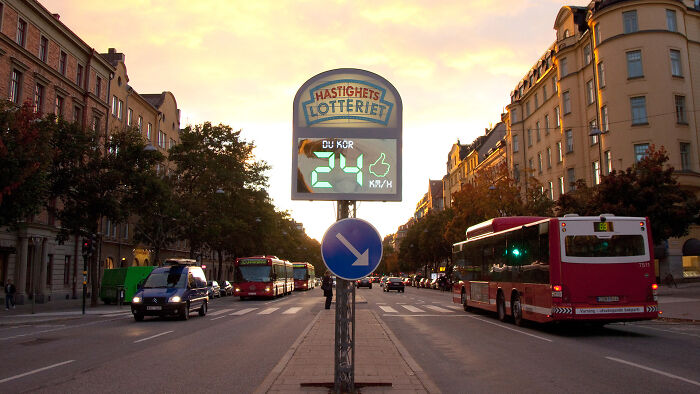

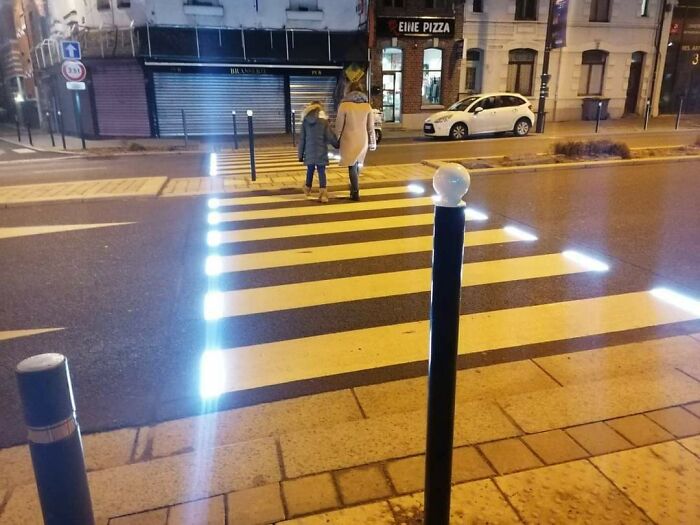
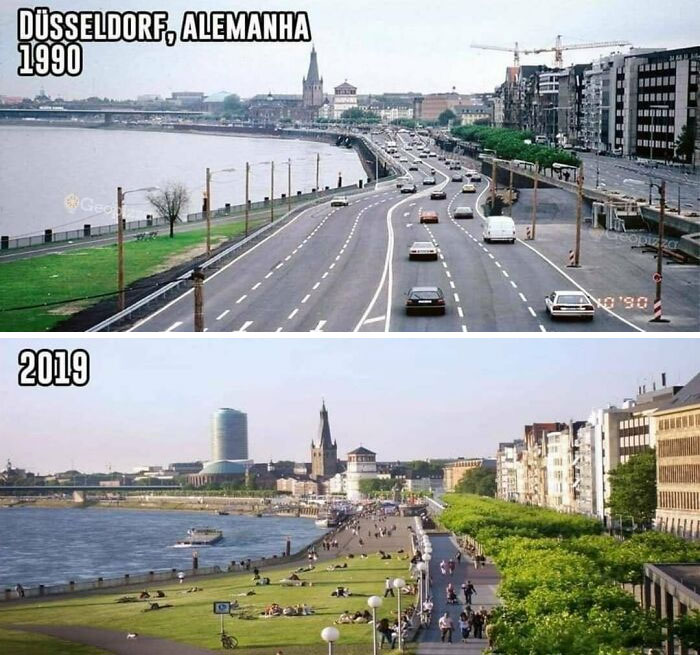
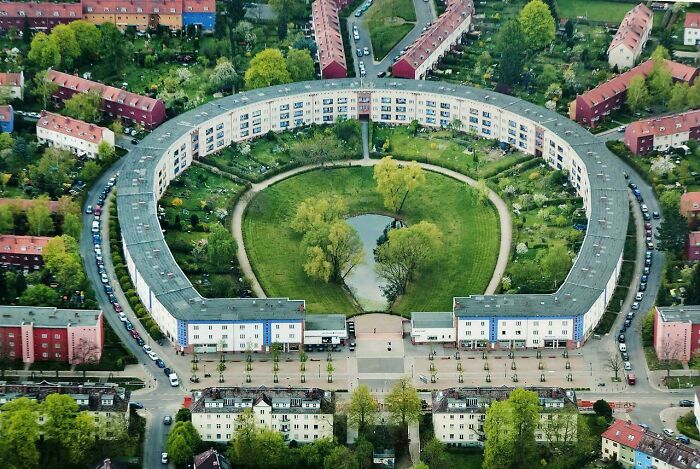
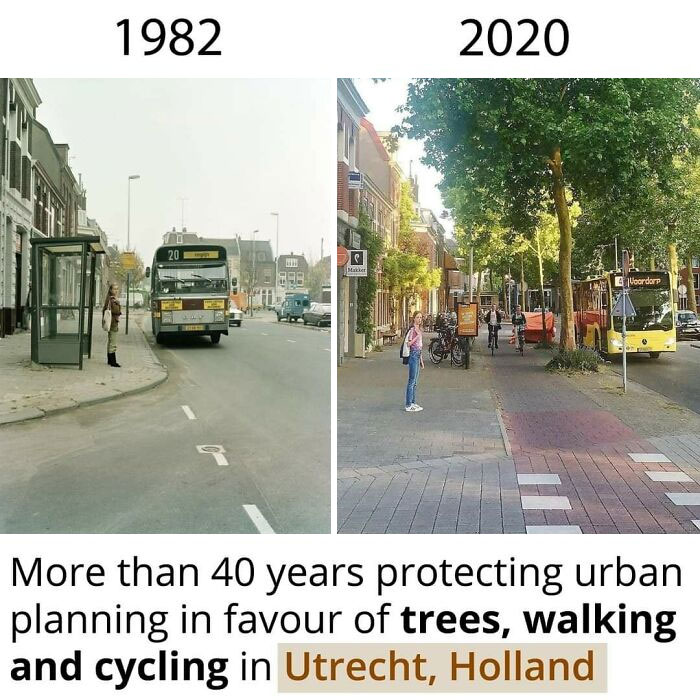
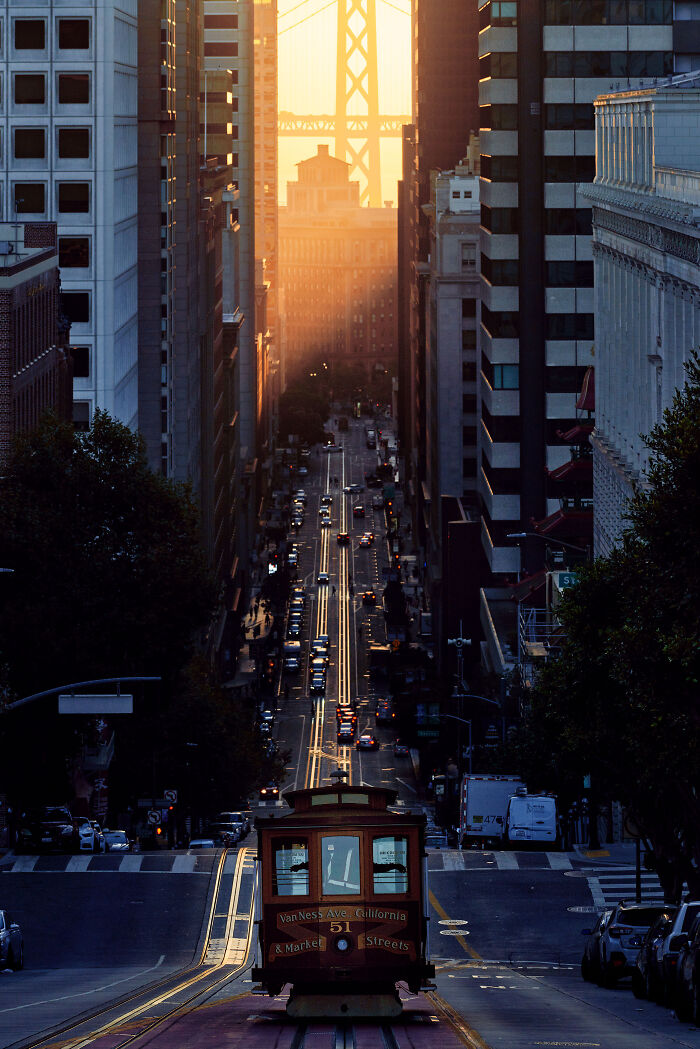
![I Dont Know Why, But I Just Love When City Elements Wrap Around Nature Like This. [oc] Photo Taken In Stockholm, Sweden I Dont Know Why, But I Just Love When City Elements Wrap Around Nature Like This. [oc] Photo Taken In Stockholm, Sweden](https://www.boredpanda.com/blog/wp-content/uploads/2023/03/6422b1bacf601_mPANXsB__700.jpg)
